Chiang Mai is the largest city in northern Thailand and is a lovely place with a very laid back vibe. There are plenty of things to see and these aren’t just confined to the city itself. There are loads of activities to suit all interests – whether cultural or natural – both around town and into the wider countryside. It’s definitely worth spending time exploring this lovely city and surrounds, whether on an organised Chiang Mai tour or exploring independently. We spent five days in and around the region and combined our own exploration with some guided walks which were great for understanding the history of this delightful city.
An Old City With Walls and A Moat
Chiang Mai was founded by the Lanna King, Mangrai, in 1296. The Lanna people were from Northern Thailand and the name translates to ‘Kingdom of a Million Rice Fields.’ Mangrai had established the city of Chiang Rai in 1262 as the capital of his kingdom and later, following both friendship pacts and wars with other local kingdoms, he moved further south. Due to its location Chiang Mai was vulnerable to invasion from the Taungoo Dynasty of the Bamar People (from Myanmar) and the Mongol empire. As a result it was heavily fortified with both a moat and a high city wall, which remain to this day. The old city is surrounded by an extremely pretty walled canal with four gates.
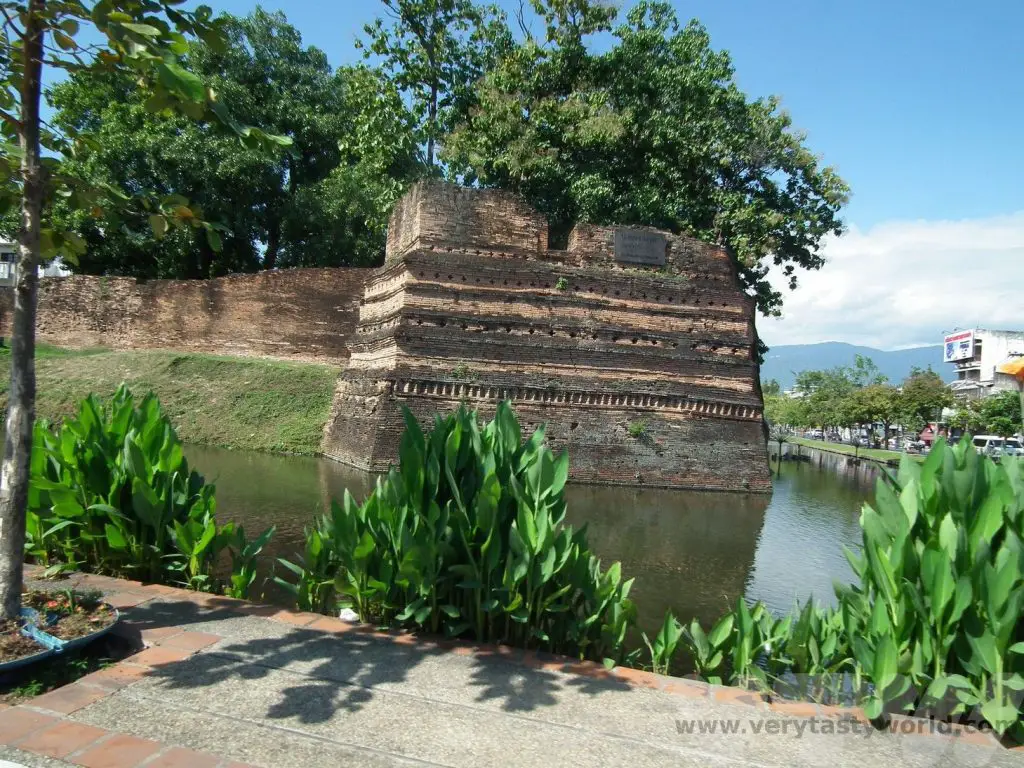
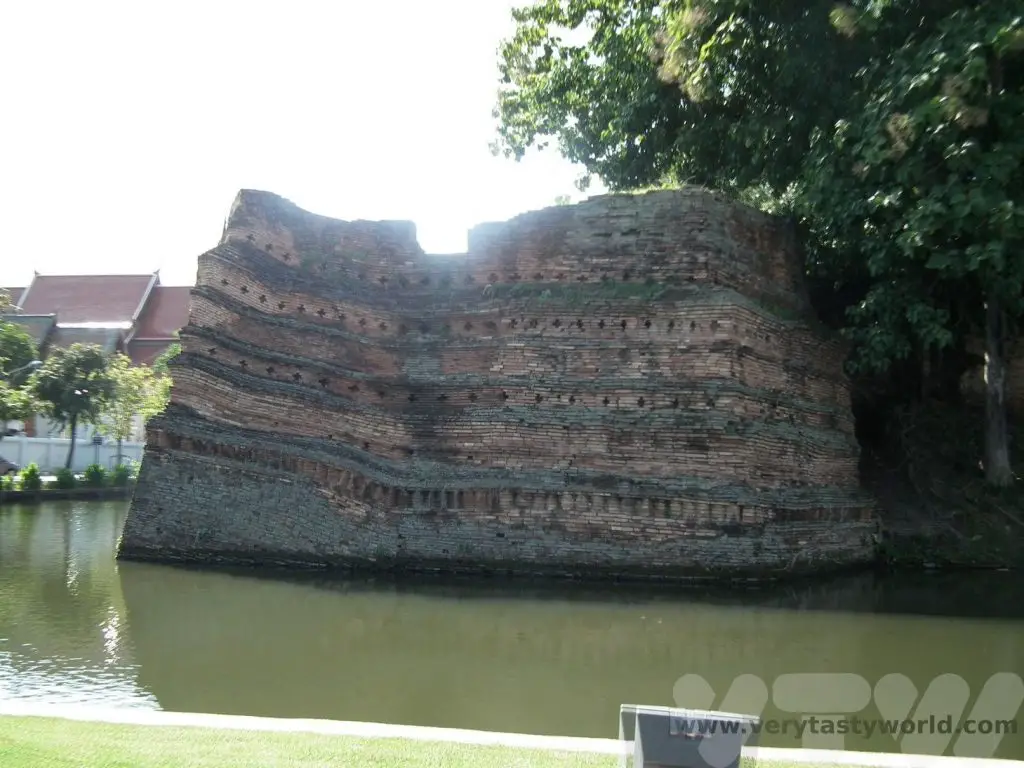
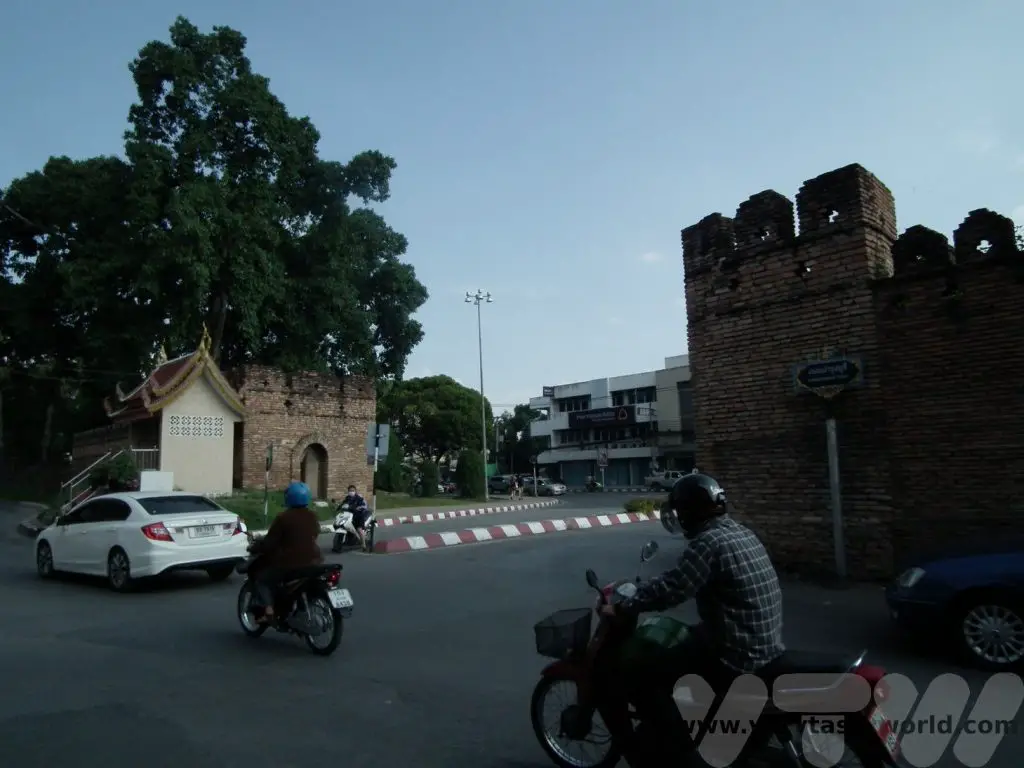
Old Town Chiang Mai Temples
Chiang Mai has well over a hundred temples and it is a pleasure just wandering through the city to discover the many gems that the city to offer.
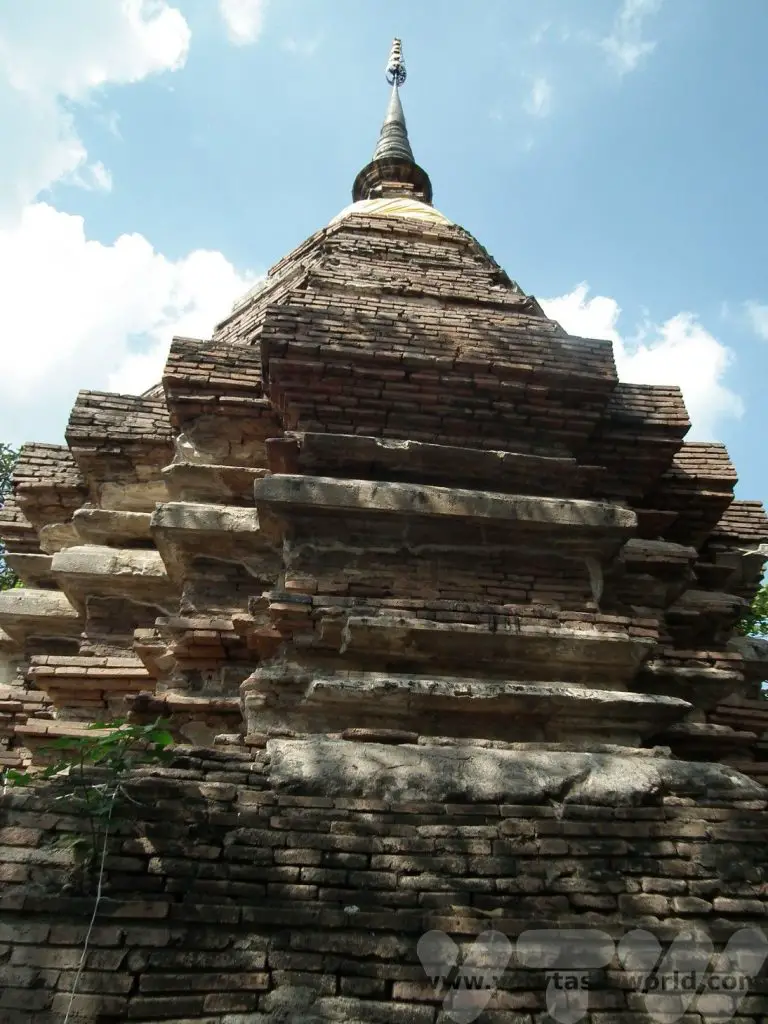
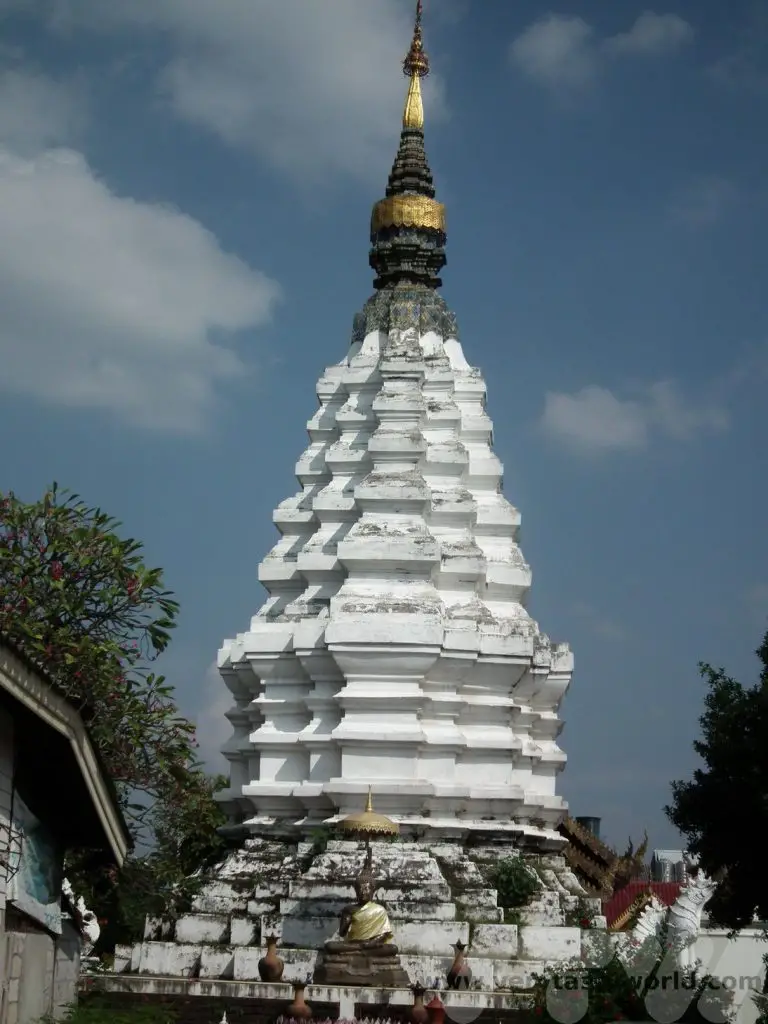
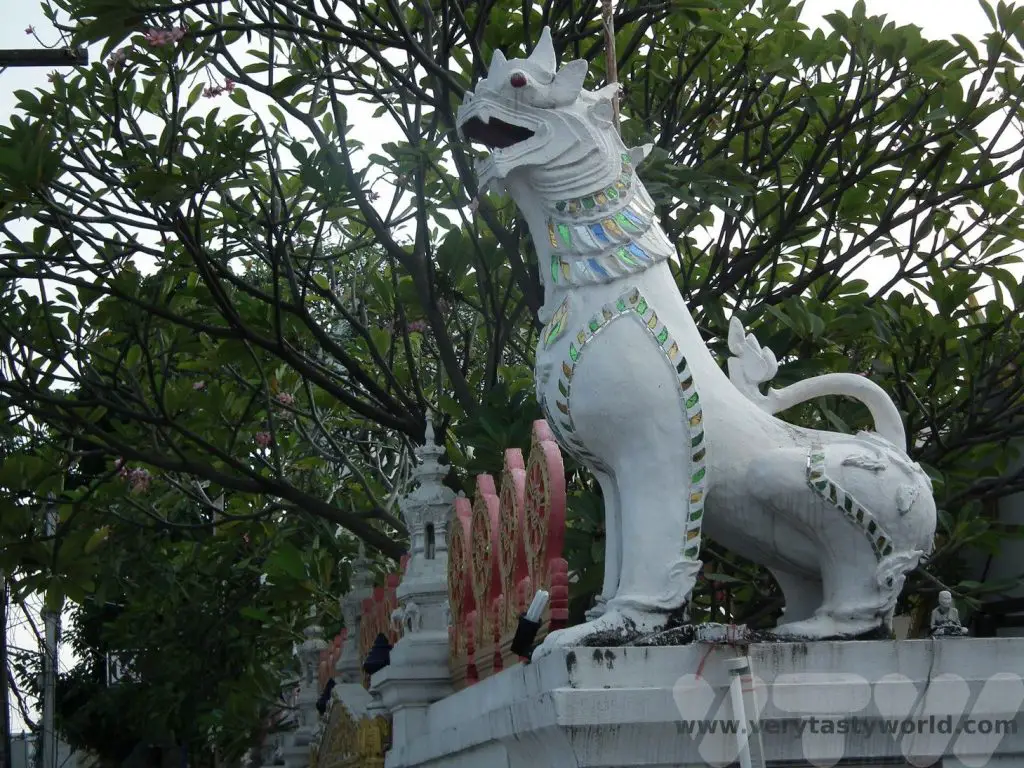
Wat Chiang Man
Wat Chiang Man is the city’s oldest temple, located by the north east corner of the walled old city. It was constructed at the behest of King Mengrai.
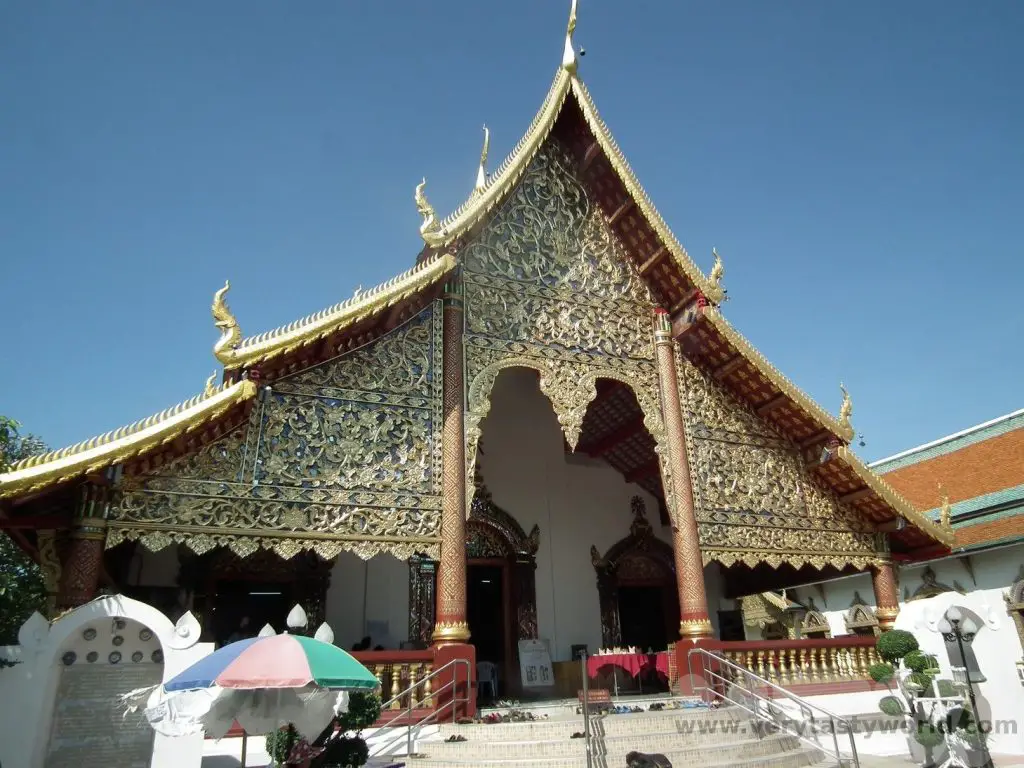
The wihan of a temple is the assembly hall and there are two at Wat Chiang Man. Both contain very old and highly revered Buddhas.
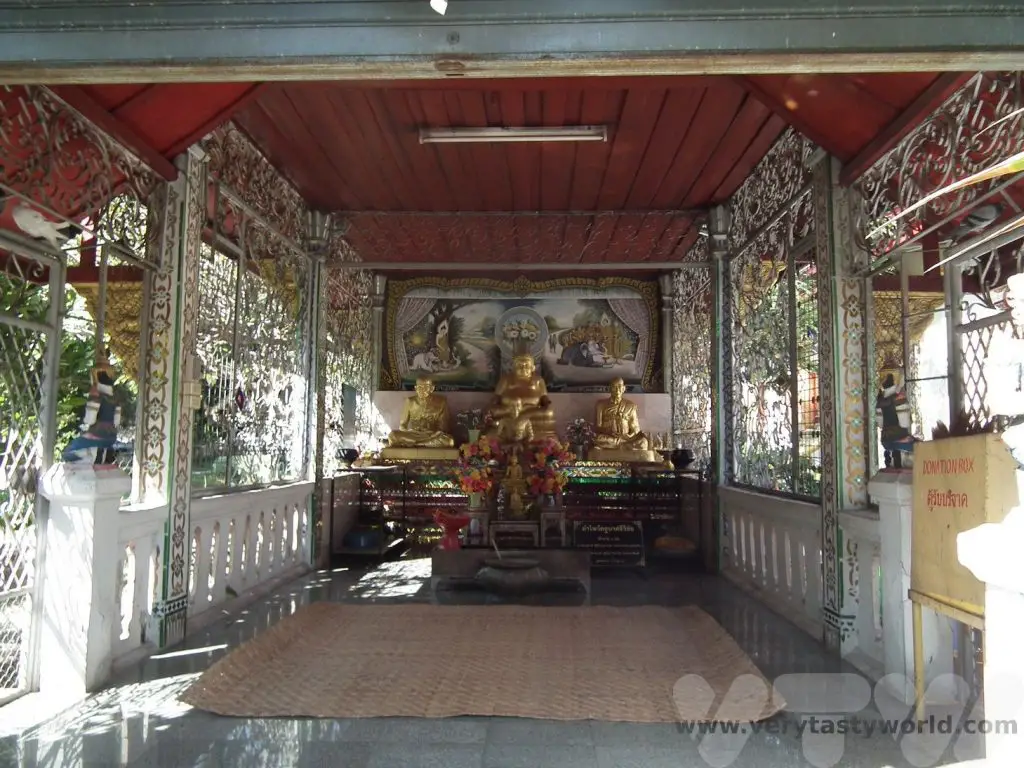
The chedi, also known as a stupa, is traditionally the oldest part of a temple. Wat Chiang Man has an elephant chedi, called Chedi Chang Lom, where fifteen stone elephants support the golden relic chamber.
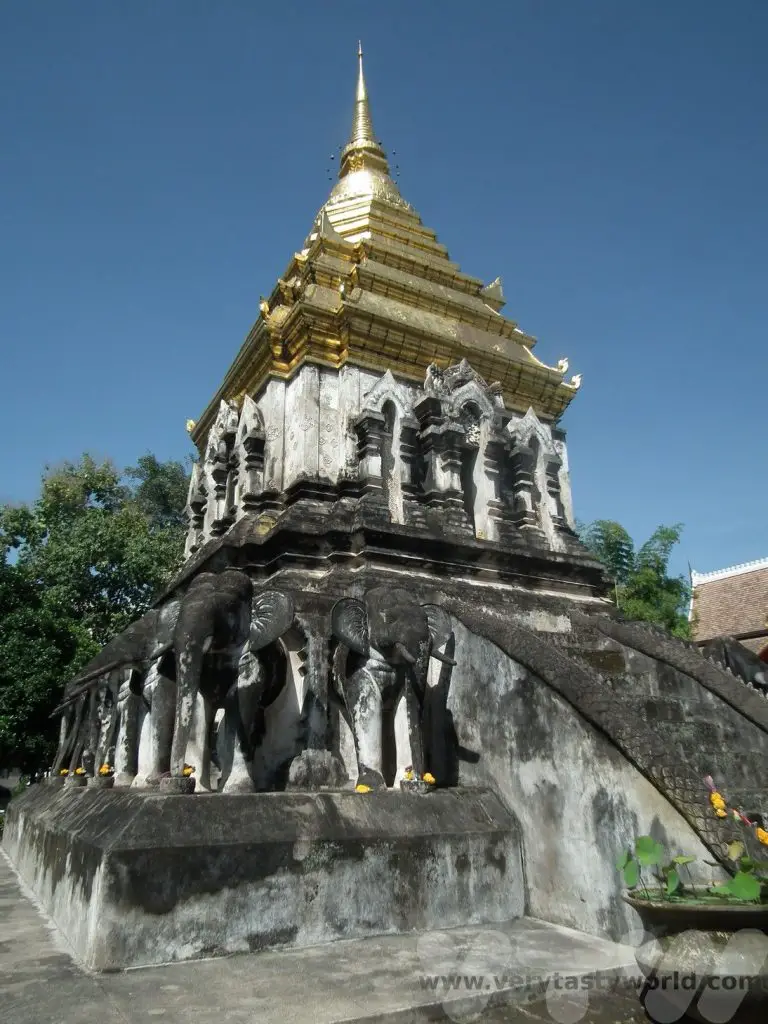
Wat Phra Singh
Another important temple, Wat Phra Singh, was constructed in 1345 by King Phayu, the fifth Mangrai king, who wanted to build a chedi for his late father’s ashes. It was enjoying a face-lift when we visited, so we didn’t see it in its full glory.

Wat Phra Singh Wihan Lai Kham was constructed to house the precious Phra Buddha Singh statue.
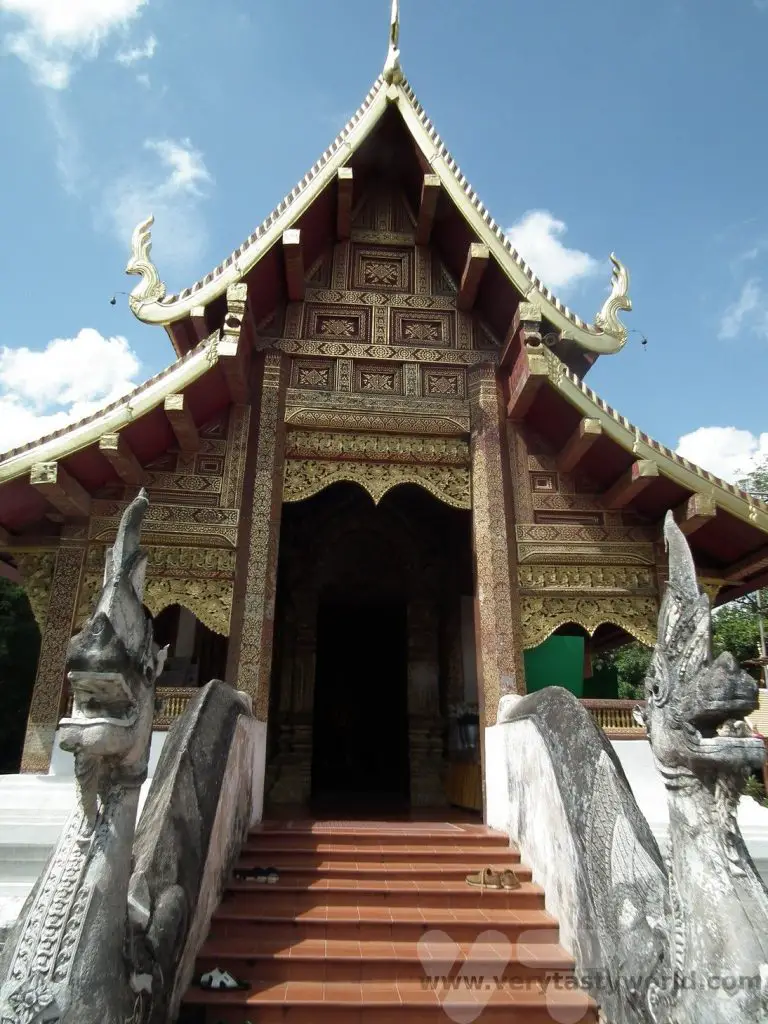
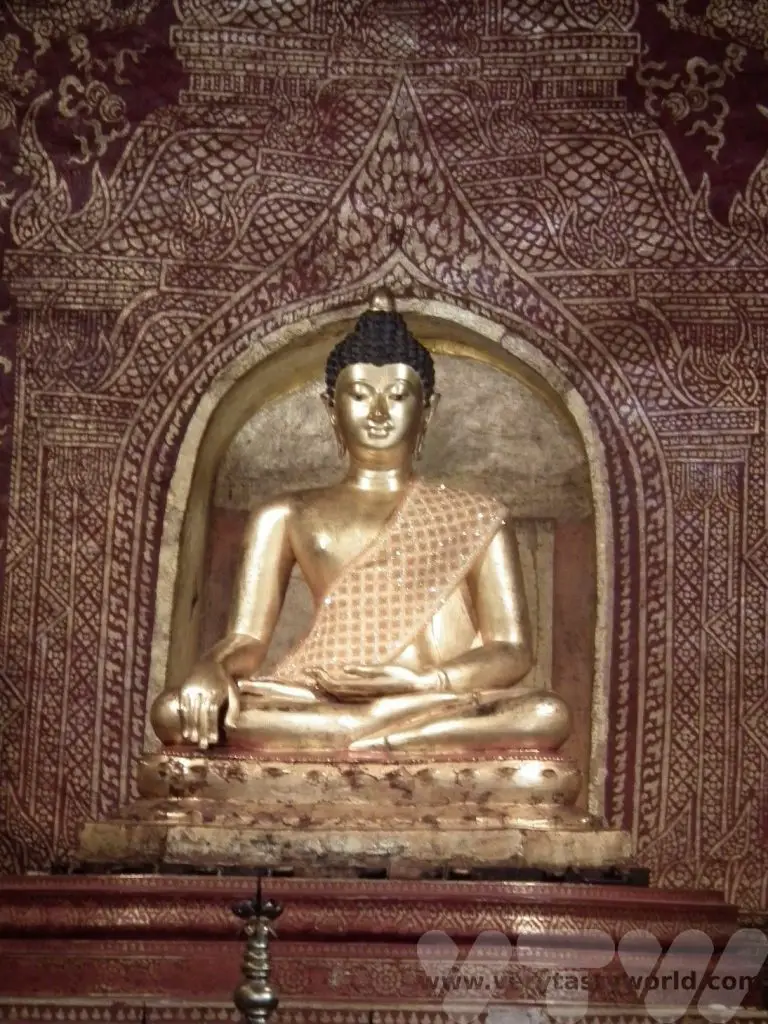
The interior also contains some fascinating murals.
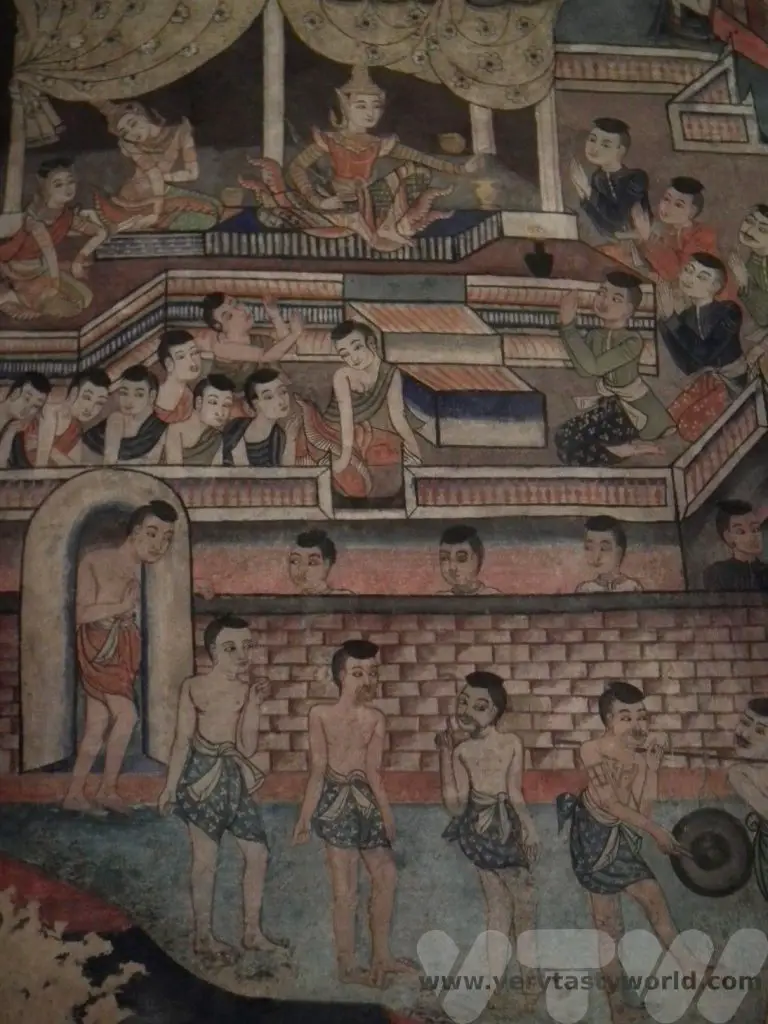
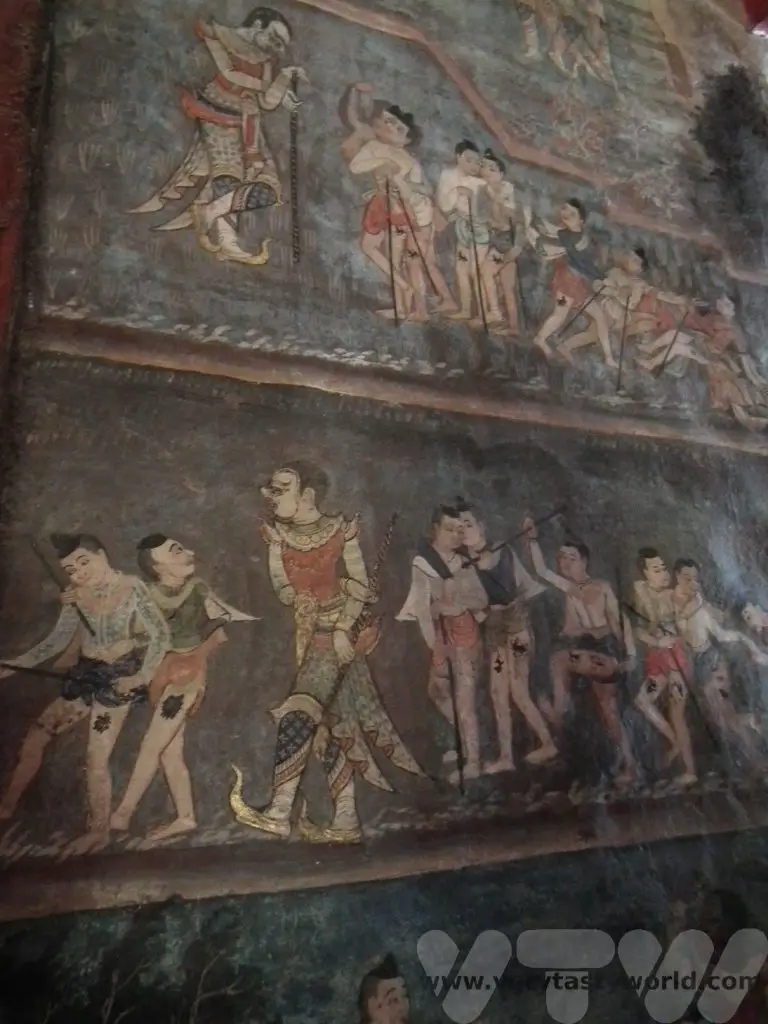
A common – and striking – characteristic of many temples in Thailand are the naga – semi-divine creatures that are a cross between a human and serpent. These are the guardians of the temple – they may look dramatic and a scary but their purpose is generally thought to be protective. It wouldn’t be appropriate to have a holy place guarded by demons.
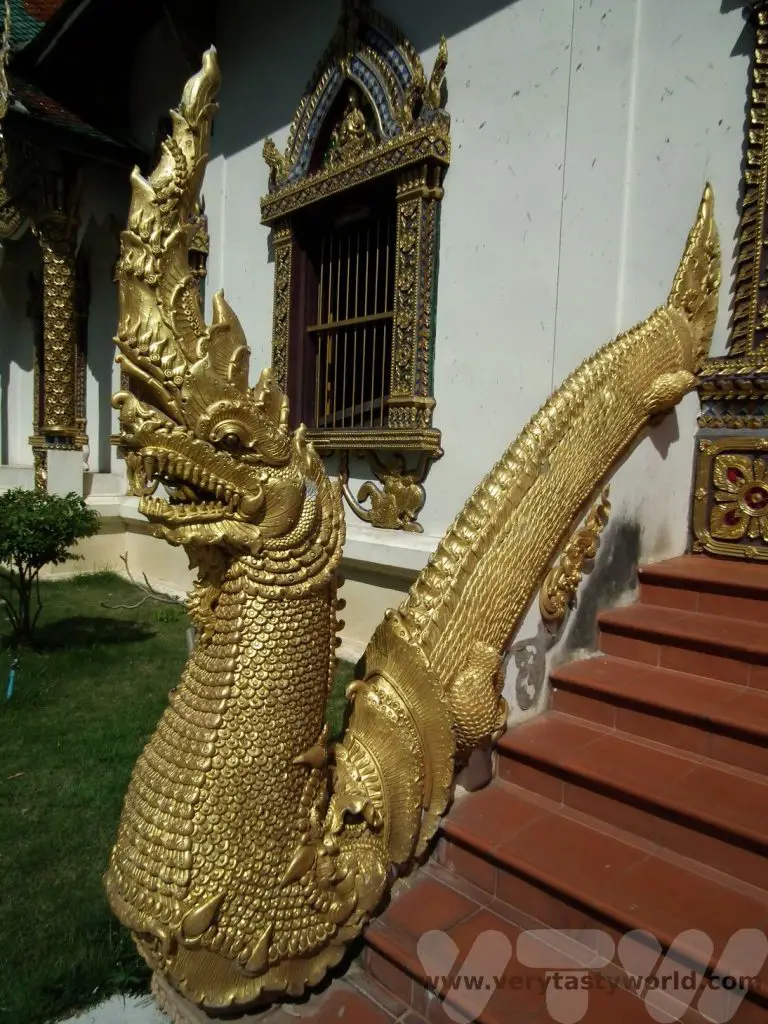
The roofs of many of the temple buildings are beautiful- highly decorative and elaborate.
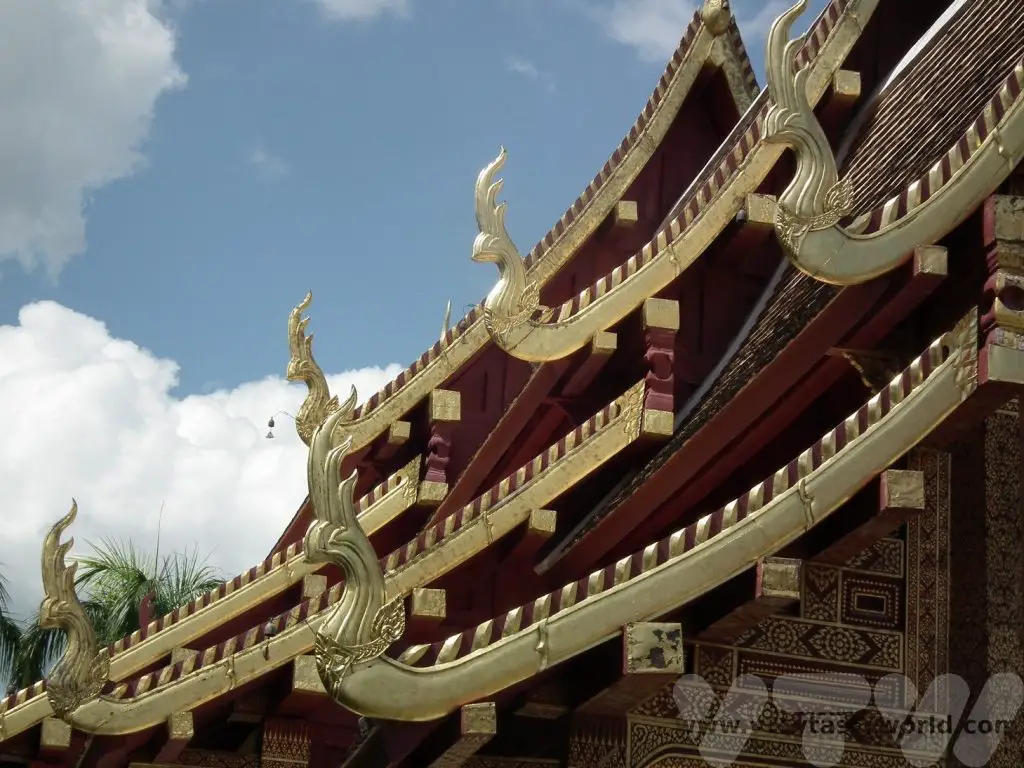
Chiang Mai Cultural Centre
Slightly out of town on the Prapoklao Road is the Chiang Mai Arts and Cultural Centre which used to be the royal hall. It runs evenings showcasing northern Thai food and culture. You can join in to enjoy a delicious meal followed by entertainment such as dancing, martial arts and traditional games.
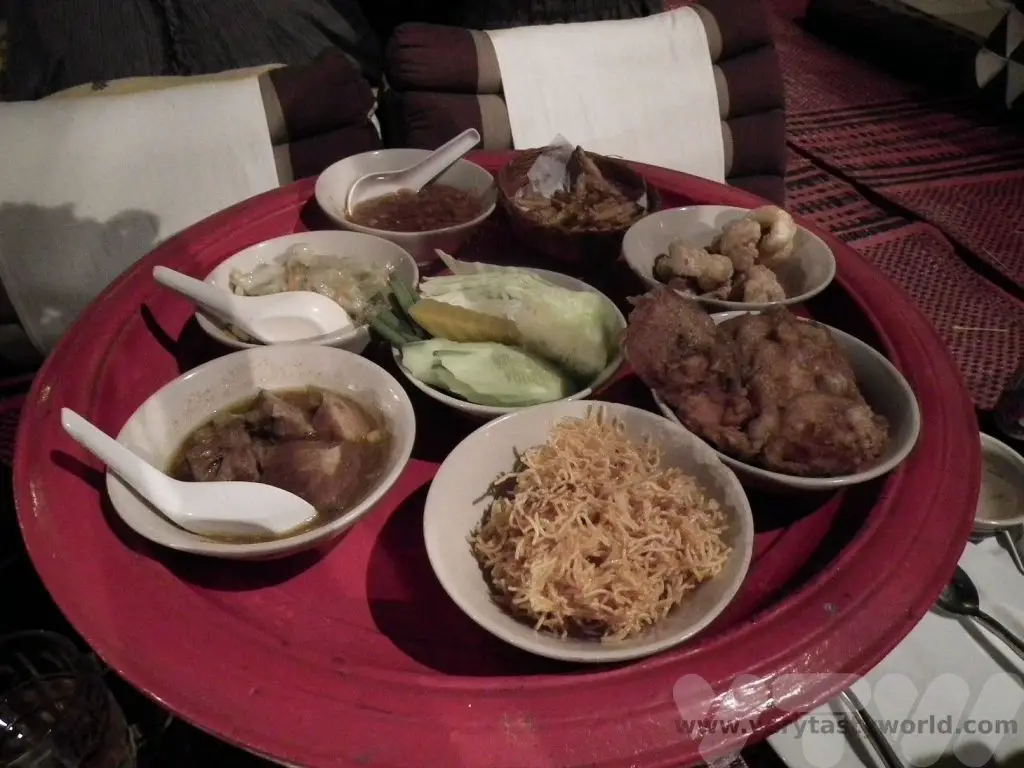
Then the entertainment started with some dancing and martial arts…
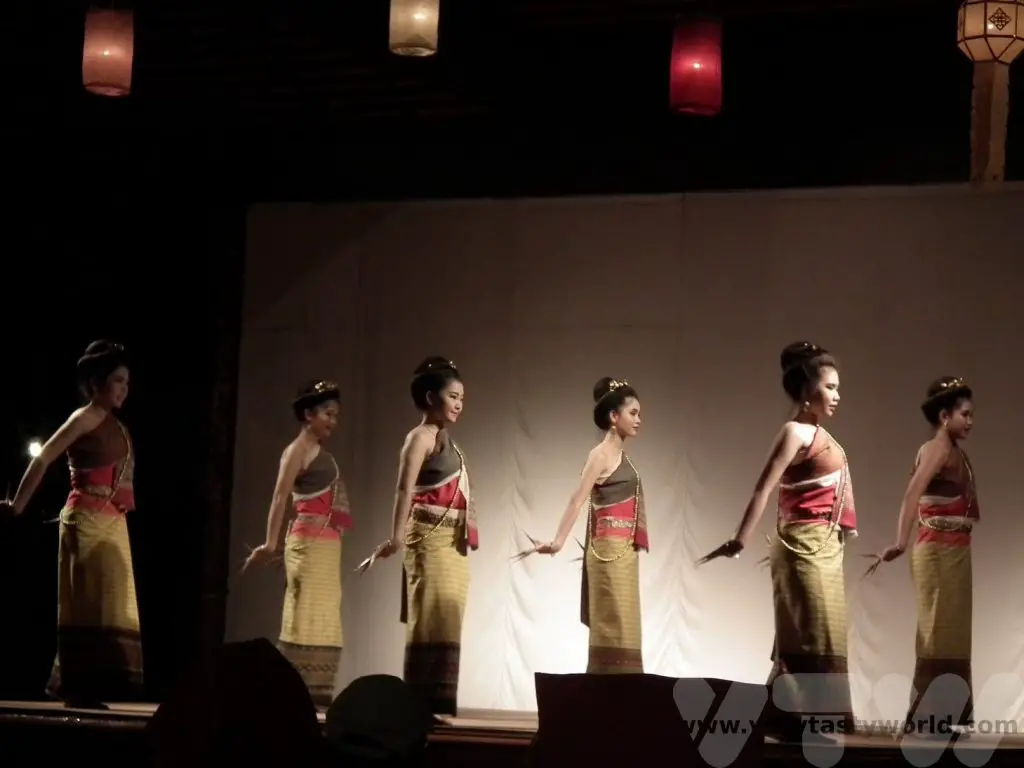
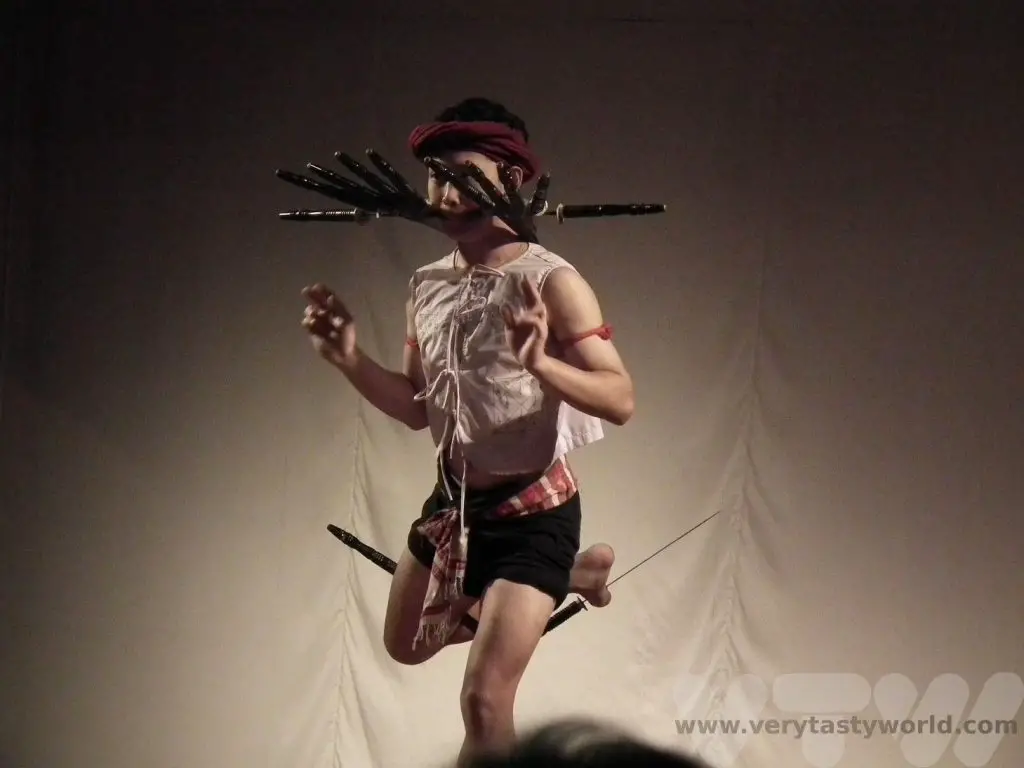
…before we moved outside to see some fire-based martial arts and a cute lion dance.
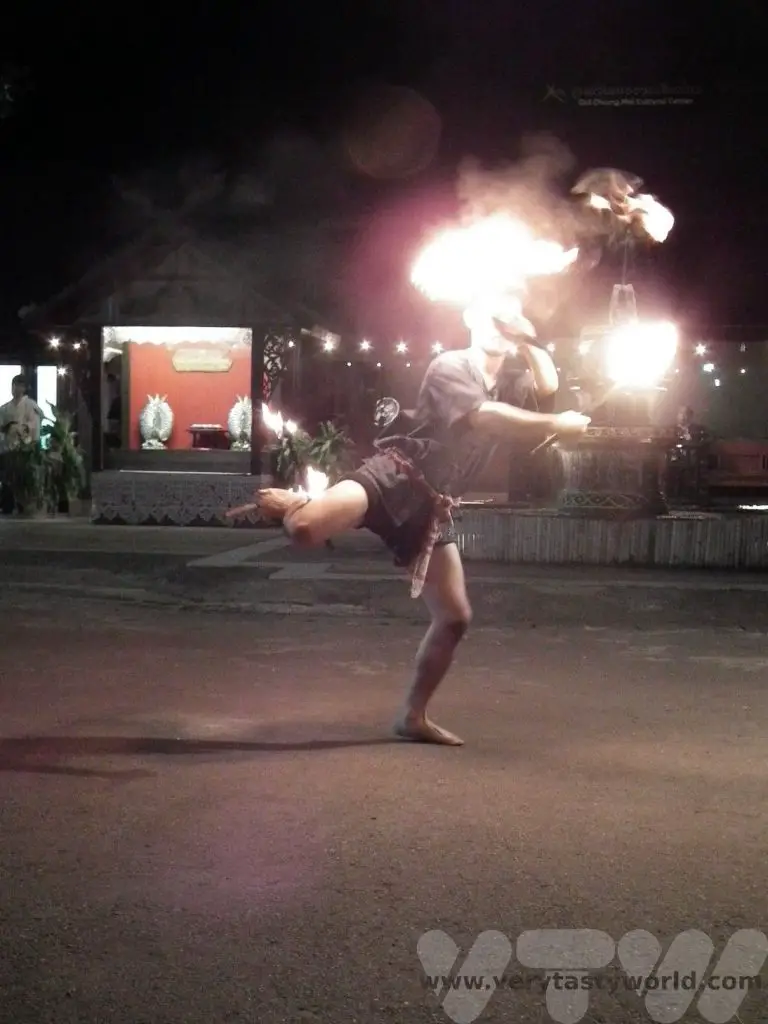
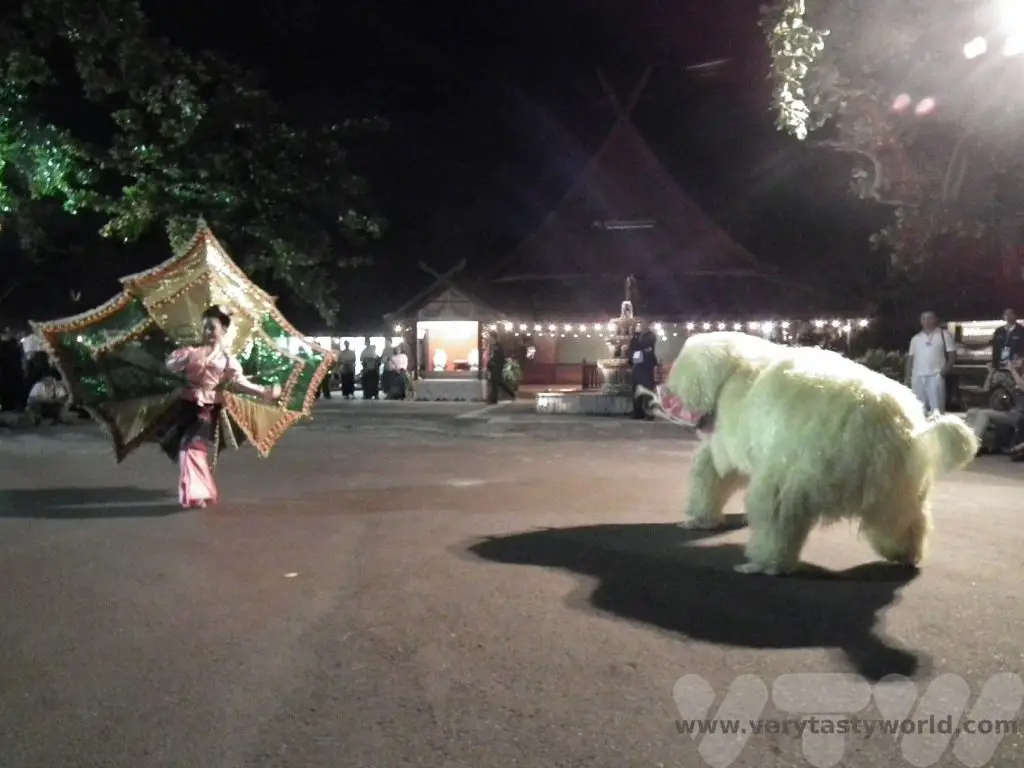
It is a bit touristy but was a fun evening out and an introduction to the culture of the region.
Temples Further Afield
If you don’t get templed out in Chiang Mai itself, there are many more wats to visit in the area surrounding the city. If you don’t have a pre-arranged tour, it’s possible to reach them by taxi. These can easily be arranged with local hotels and hostels. It’s worth agreeing a price first and consider asking for a round trip where the taxi driver will wait for you to explore the temple before taking you back. Both Wat Inthrawat and Wiang Kum Kam, located a few kilometres from the city centre, were definitely worth exploring.
Wat Inthrawat
Wat Inthrawat is one of the best preserved wooden temples in the region. It’s located in the Hang Dong district around 10 km south of Chiang Mai, in the village of Ban Ton Kwen. Small, but perfectly formed, this temple is still in its original state.
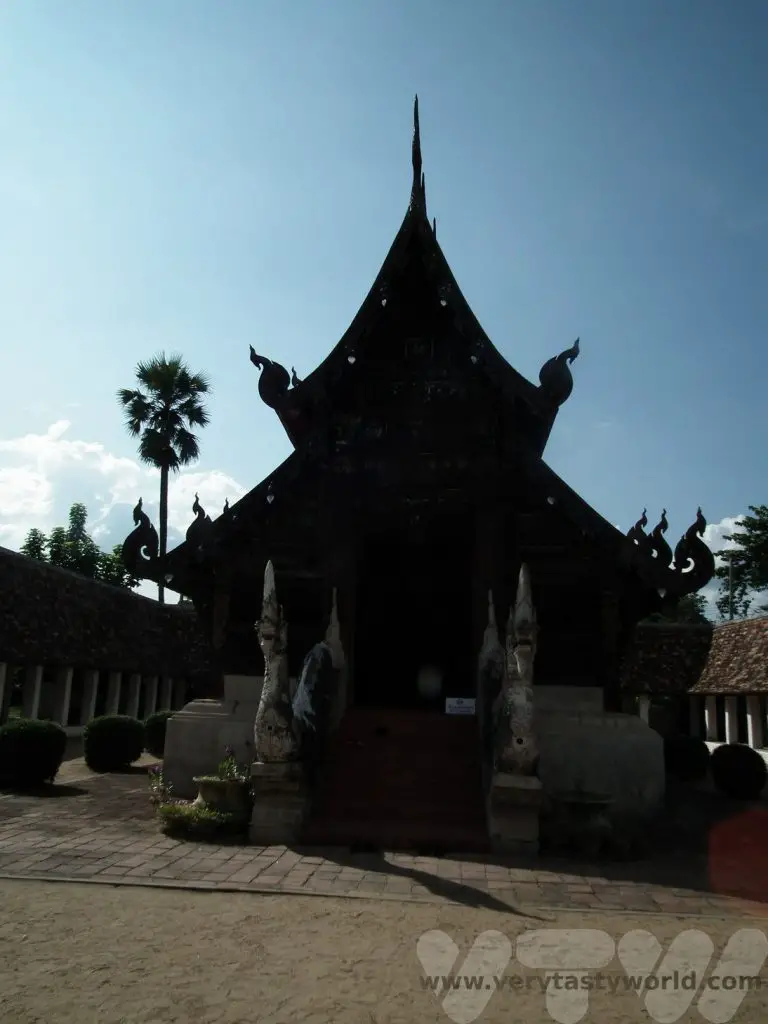
It has a wihan built in the Lanna style with typical nagas at the entrance steps.
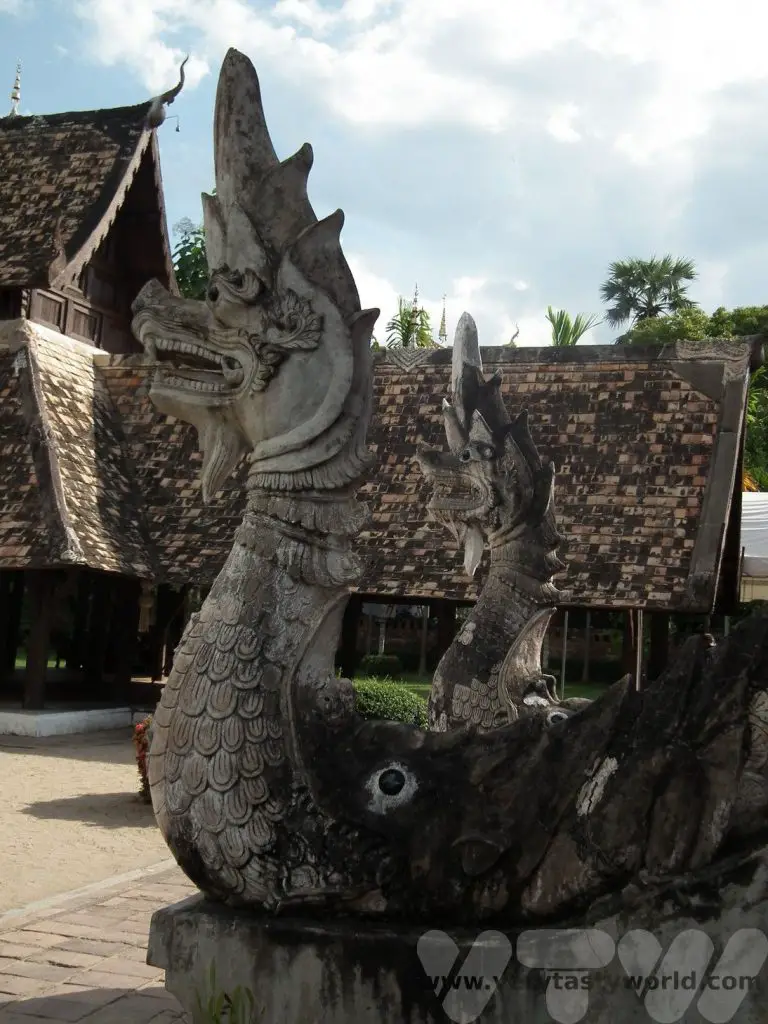
The roof has three tiers and also features some impressive and very decorative features at the tips of each tier. The quality of the craftsmanship is remarkable.
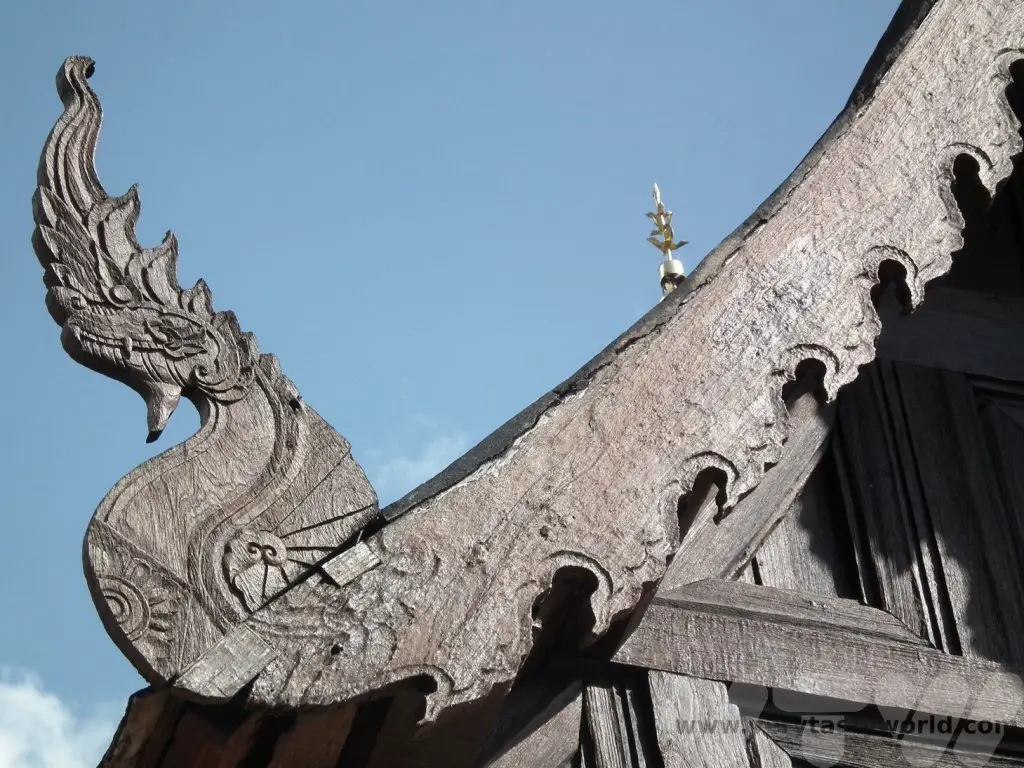
Wiang Kum Kam
Around 5km southeast of Chiang Mai lies the archaeological site of Wiang Kum Kam. This former city was built by King Magram. It was originally the capital of the Lanna in the 13th century but Magram decided to relocate to Chiang Mai, situated at an altitude 12m higher, due to serious flooding at this site. Although the area remained inhabited for several centuries it was finally abandoned after a massive flood which deposited a huge amount of sediment over the buildings. Much of the city has now been excavated and it’s possible to explore the ruins. It’s an extensive area and you can ride around the site in a horse drawn cart or tram. It has a visitor centre, located on Rte 3029, which has loads of information about the site and that’s also the place where you can pick up transportation. It’s possible to visit several temple complexes.
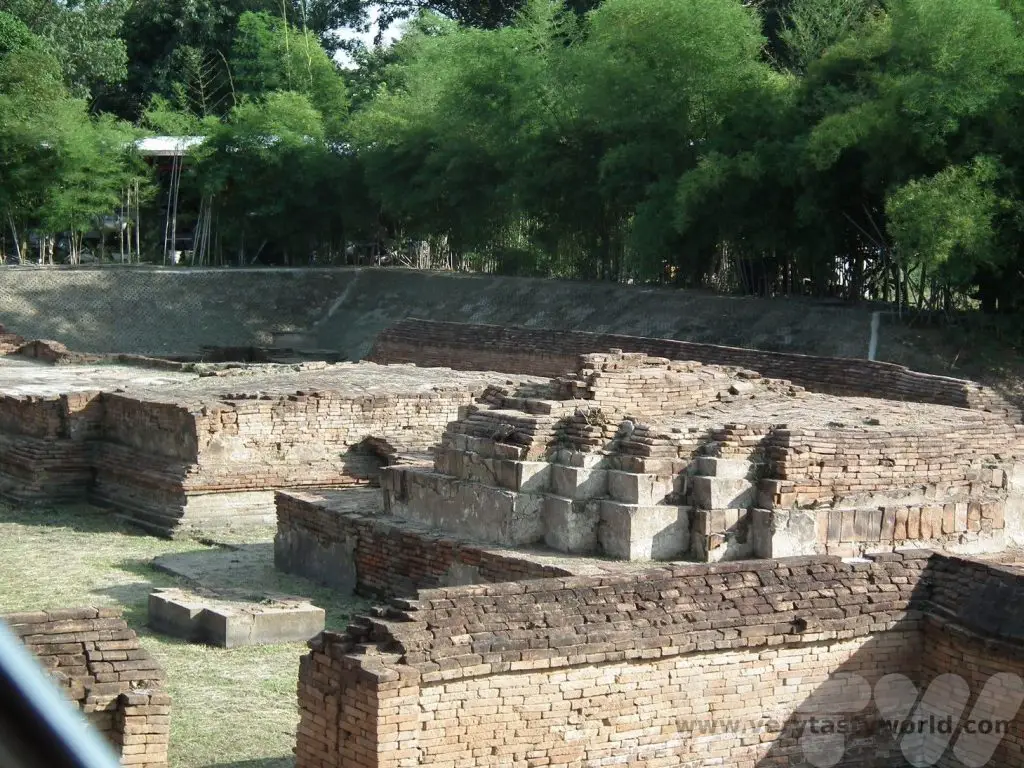
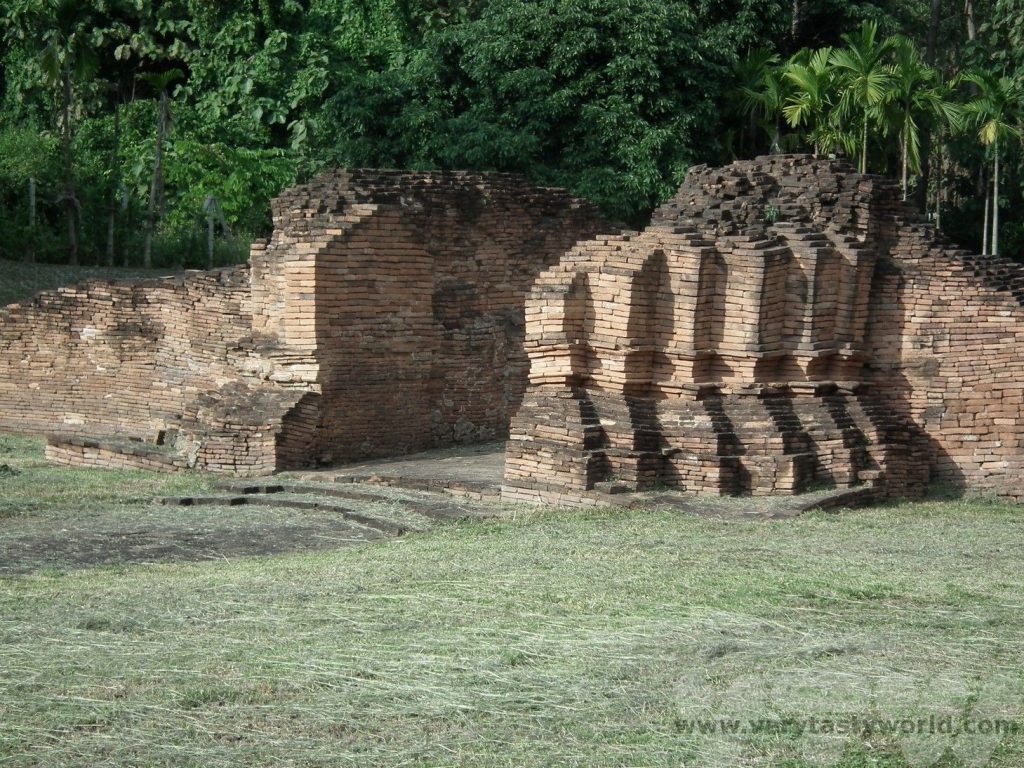
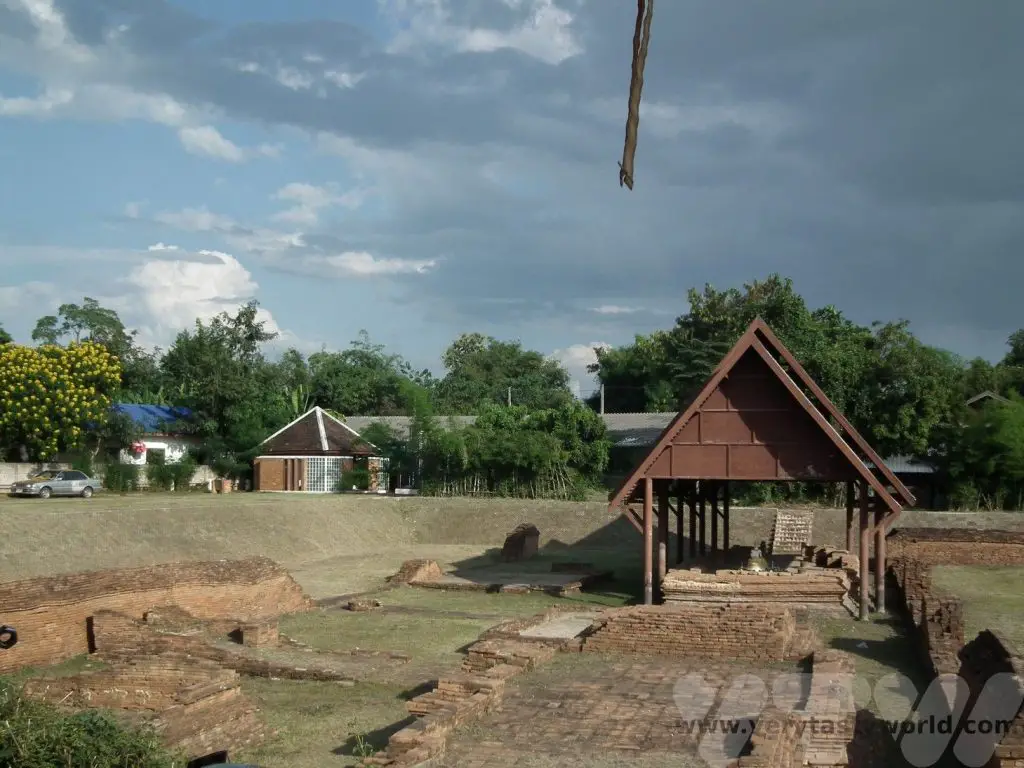
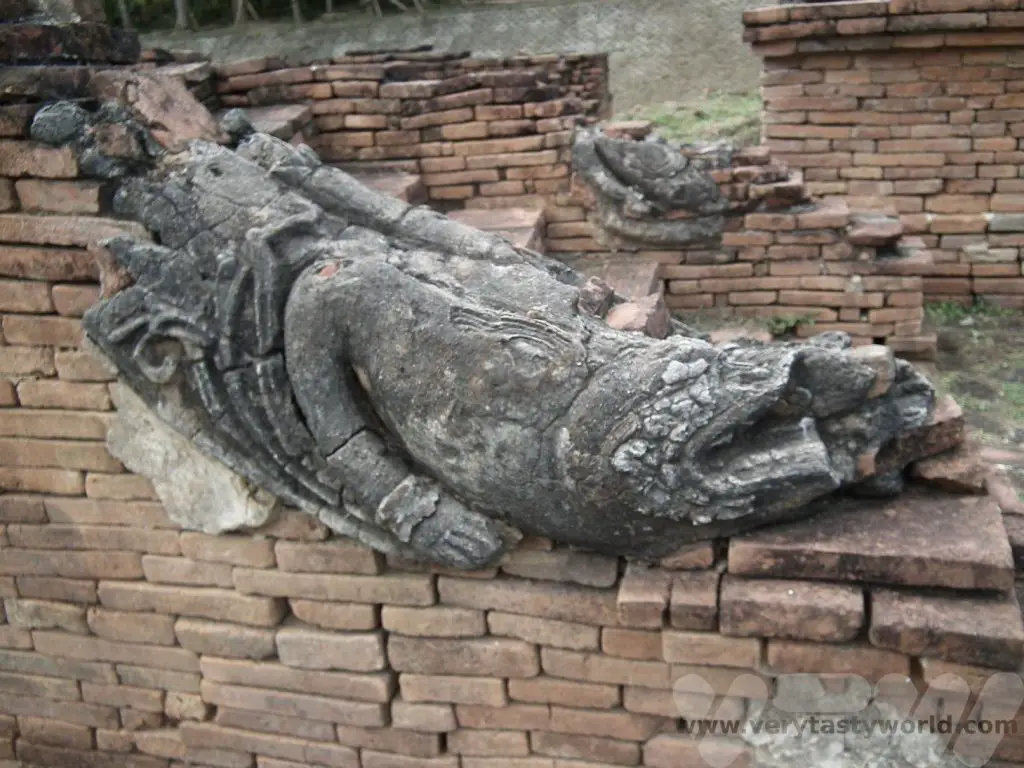
Wat Chedi Liam is the highlight of the complex. At over 30m tall, and taking the form of a pyramid structure, it has five main tiers. Each of these contain twelve Buddhas, three on each side, located inside their own alcove. It remained relatively unaffected by the floods over the centuries and remains a working temple.
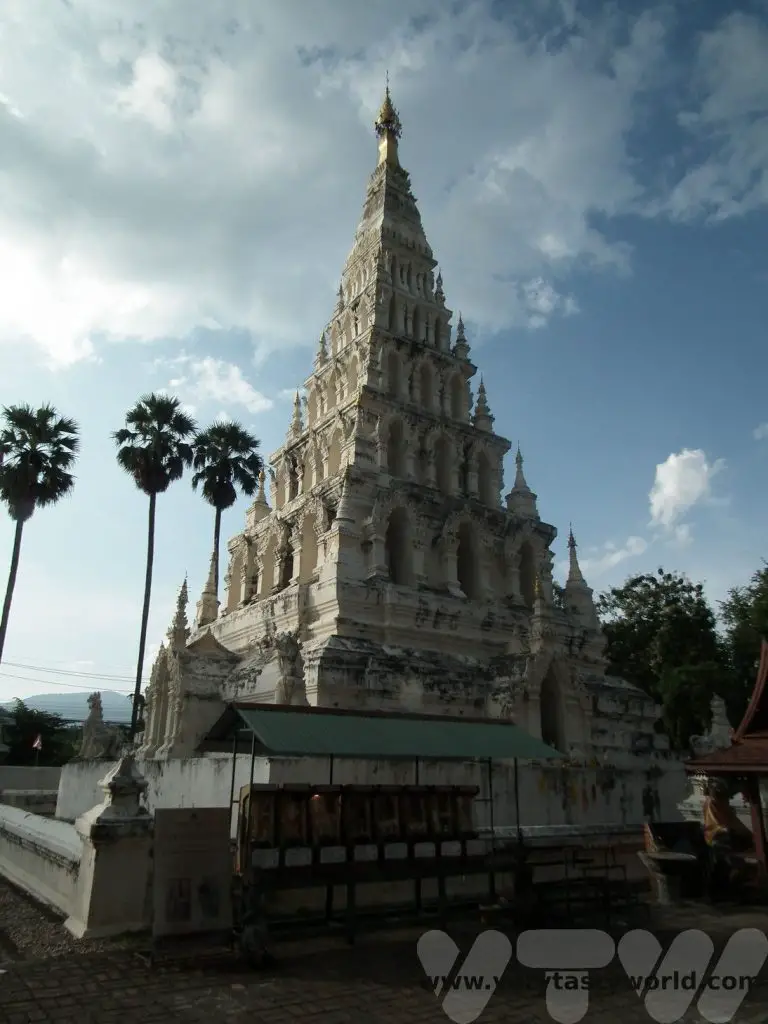
Activities in Chiang Mai’s Wider Area
Although it’s possible to spend quite some time exploring the city there are also loads of trips to take in the surrounding area.
This orchid farm was a pretty distraction for short while on the way to Mae Sa.
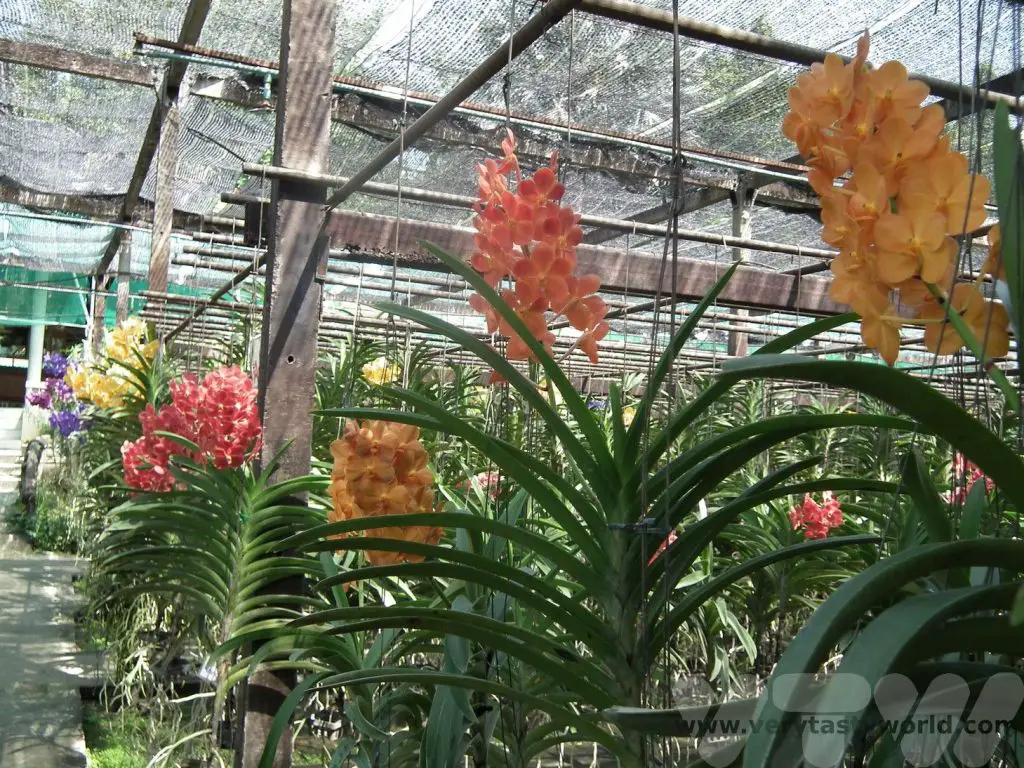
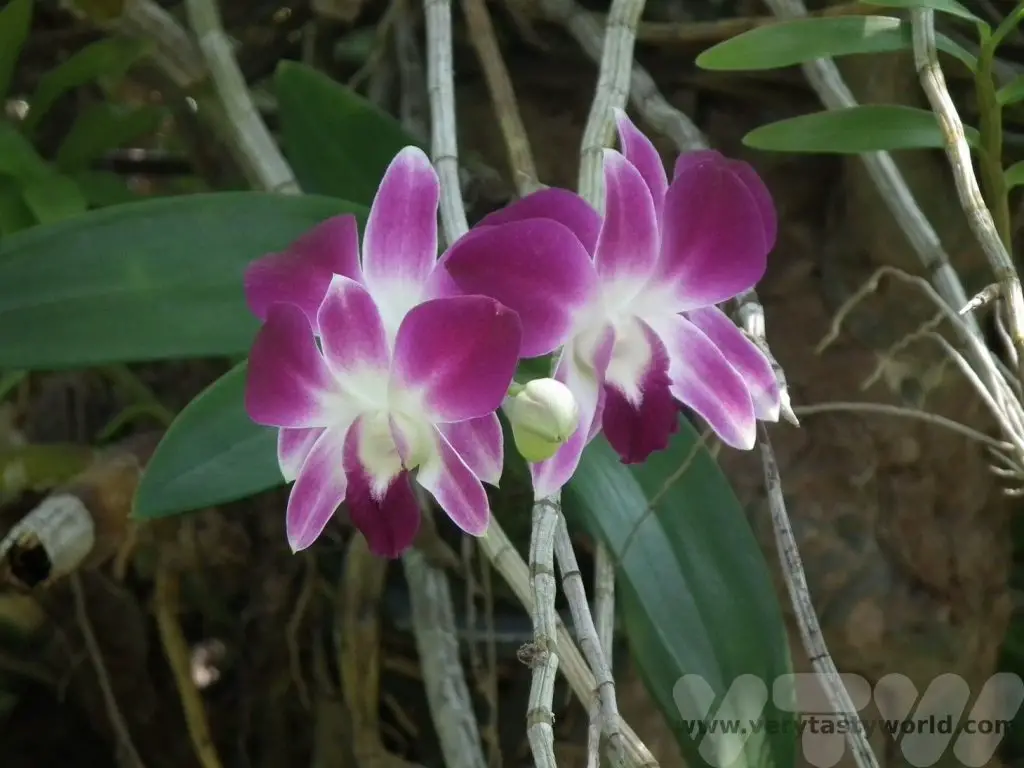
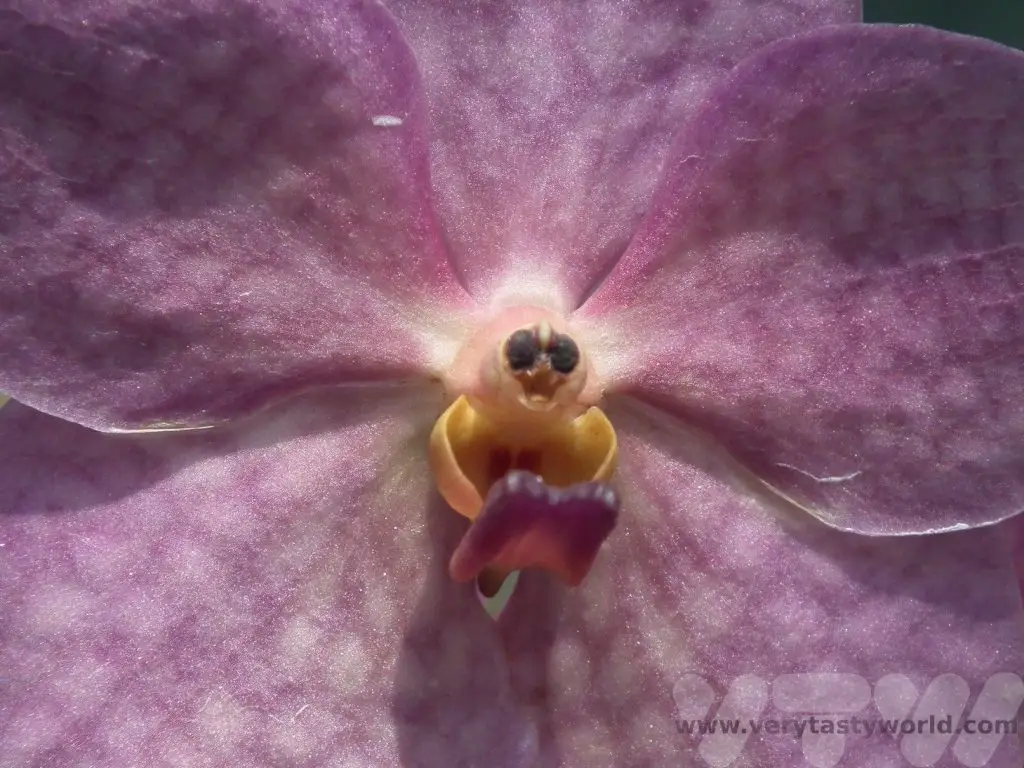
Mae Sa Waterfalls
Located in the Doi Suthep-Pui National Park, around 30km from Chiang Mai, Mae Sa offers a series of ten waterfalls spaced a few hundred metres apart. You can follow the pathway alongside the falls to enjoy a pleasant walk and swimming in the pools is allowed, if you desire. It’s not a challenging hike at all – just a pleasant stroll up a gentle incline. It gets quite crowded at the start of the trail but as you hike towards the upper falls the crowds melt away and you can enjoy the beauty of the surroundings. There are picnic spots along the way, so it’s possible to pack bathing suits and some tasty food to make a day trip if you fancy having a more relaxing time.
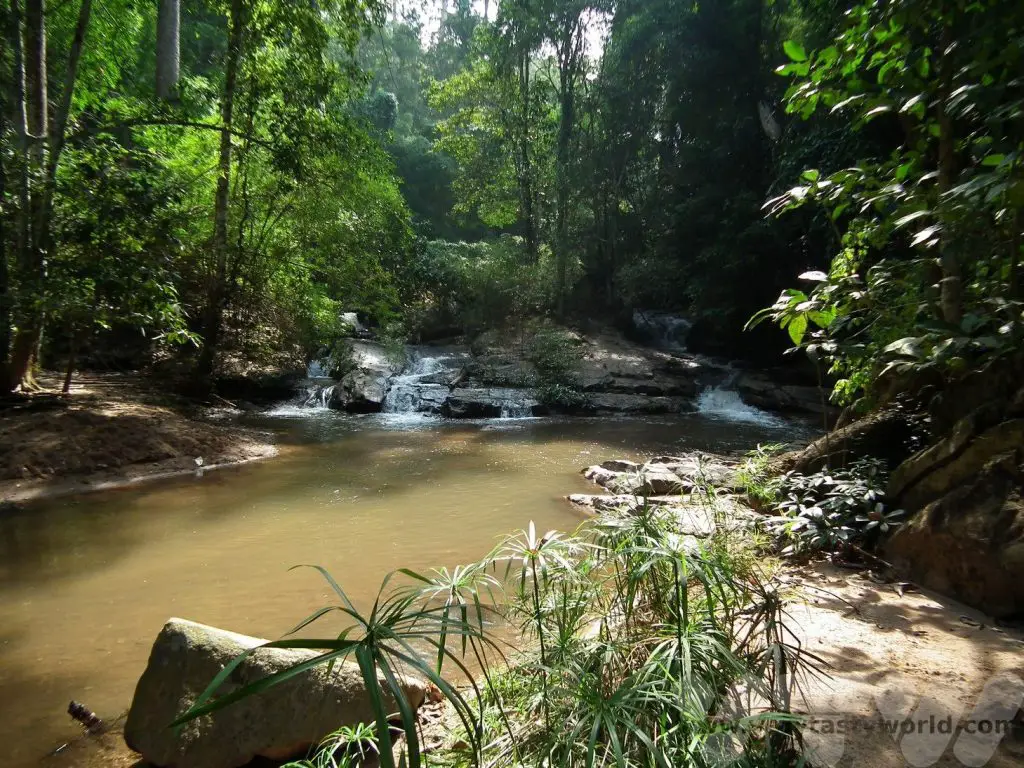
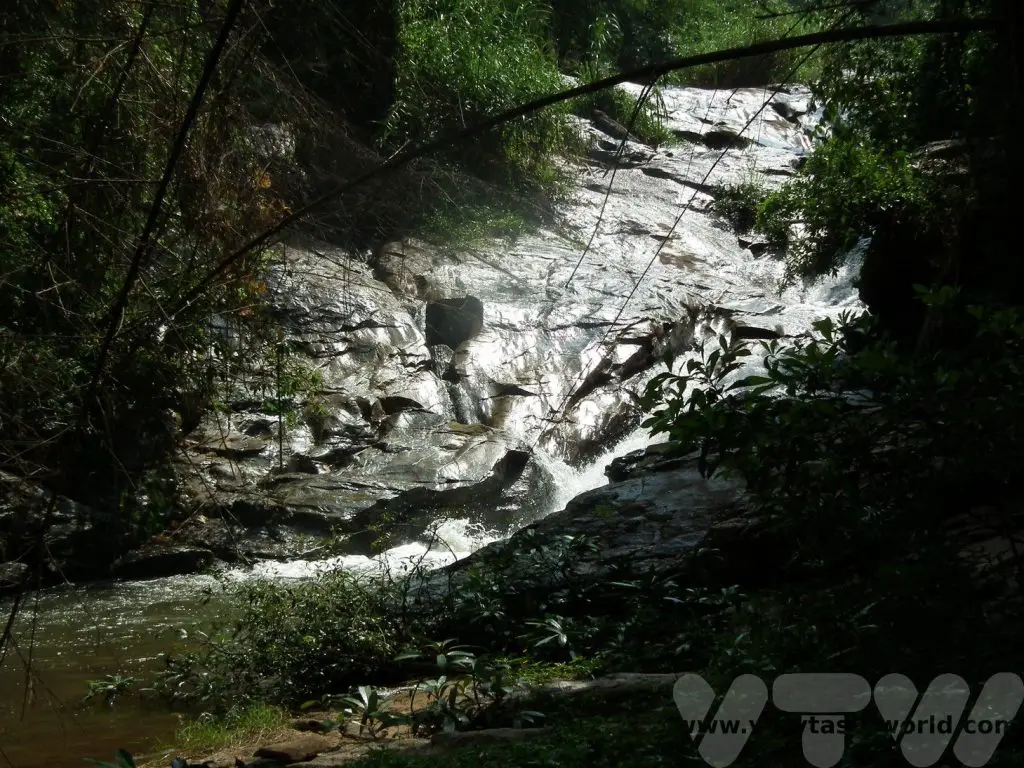
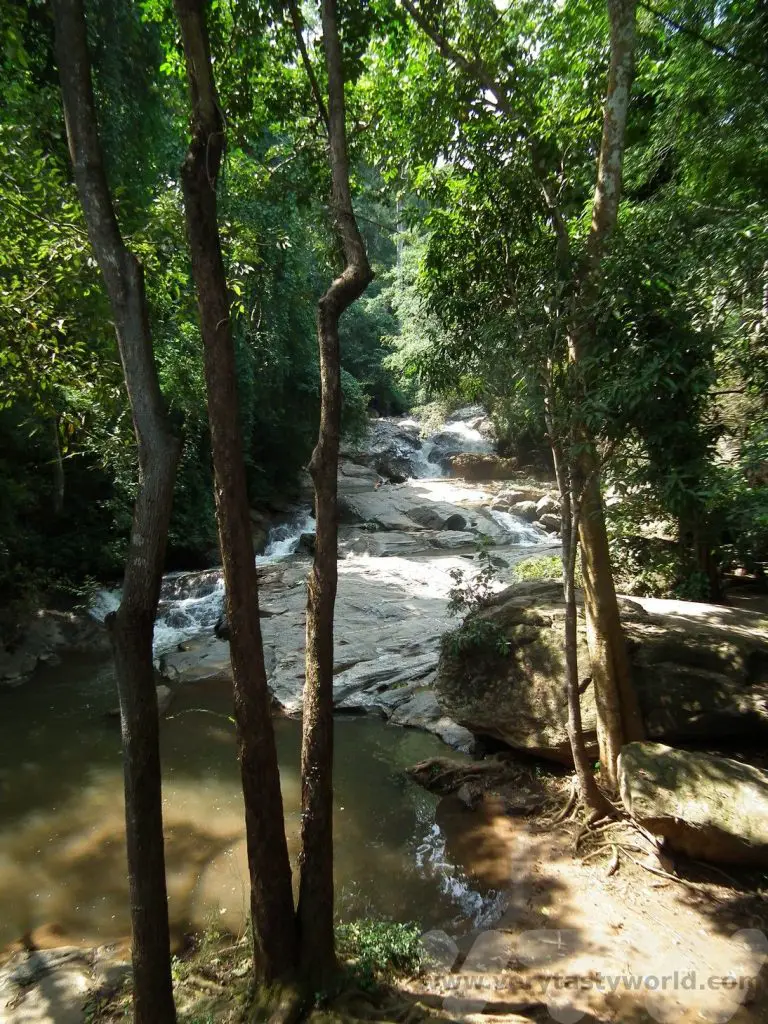
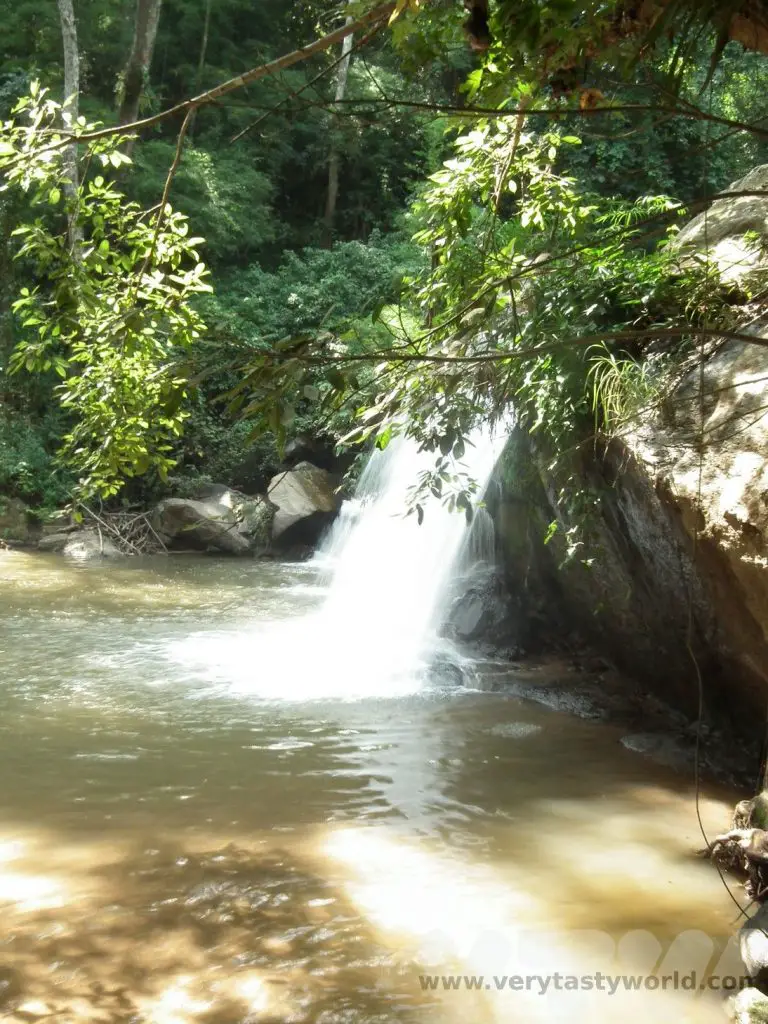
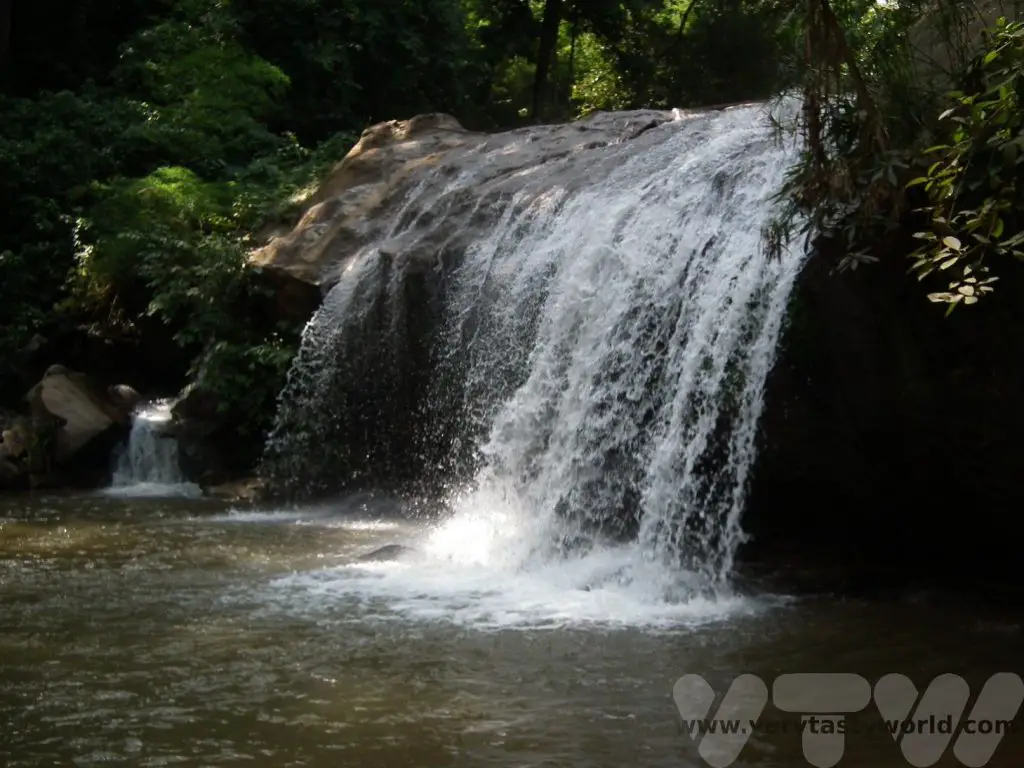
Elephant Sanctuary Visit
Visiting an elephant sanctuary is a very popular activity. There are loads in the area but do check which are responsible and ethical and make sure that they do not exploit the elephants. Many sanctuaries no longer allow elephant rides but focus on caring for and interacting with these remarkable creatures.
We visited a sanctuary a couple of hours away from Chiang Mai which is home to several elephants, all of whom have been rescued from the logging industry or from giving rides to tourists on iron chairs, a practice that really damages the elephants’ backs. When the sanctuary learns about elephants that are being mistreated they locate the creature and offer as much money as they can afford to convince the owners/abusers to sell their elephants. Each elephant has its own mahout (handler) who is responsible for its welfare. Set in 135 acres, the majority of the land is dedicated to growing food for the elephants. Tourists help provide much needed income to support the work of the sanctuary. Elephant riding (even bareback) is no longer allowed. We were able to meet the elephants and hand feed them – although some just helped themselves.
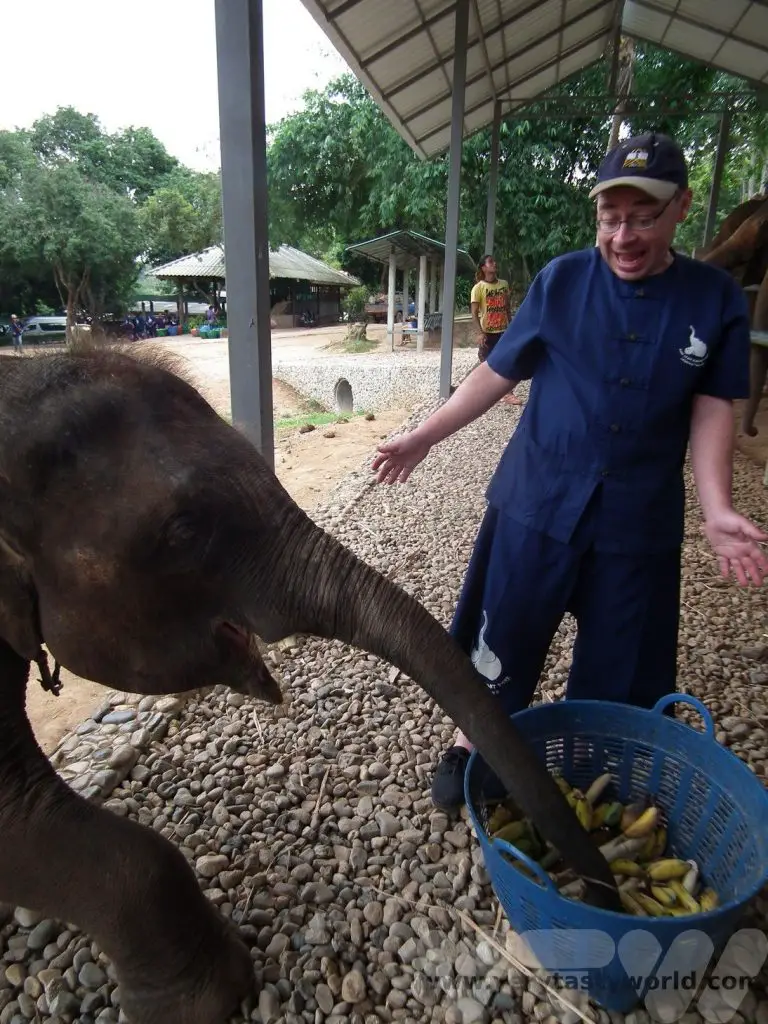
Elephants are highly intelligent creatures. Their brains weigh about 5kg. They are also emotionally intelligent; they recognise and interact with other elephants and have likes and dislikes just as we do. In fact, elephants that really hate each other need to be kept separated at the sanctuary. They also make judgements about the humans they interact with and, if they decide they don’t like someone, will refuse to co-operate with that person. Also – those cliches about elephants are true. They really have terrific memories. Thai people believe that you can judge an elephant’s character by the shape and quantity of its tail hair. Indeed, tail hairs are considered a sign of good fortune (and are sometimes kept as a lucky charm).
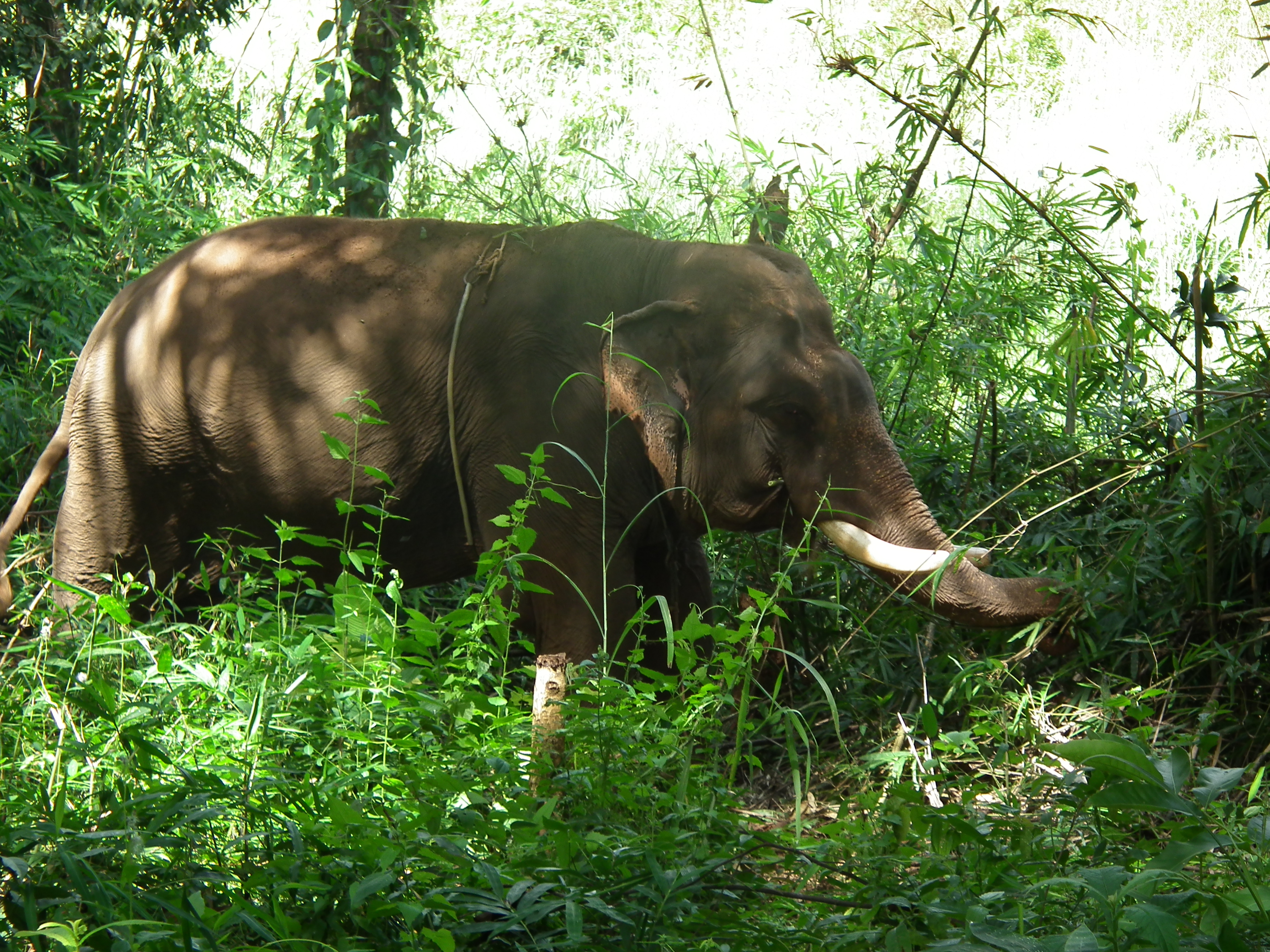
We went for a walk with an elephant called Tom Parr, a large male with long tusks. Tom Parr was very calm and co-operative, but was apparently scared of chickens and cars. He adored going into the jungle – many elephants who have been rescued from the logging industry have been traumatised and refuse to go back into the forest; they are never forced to go where they do not wish to.
Tom Parr knew very well that we had some sugar cane on him.
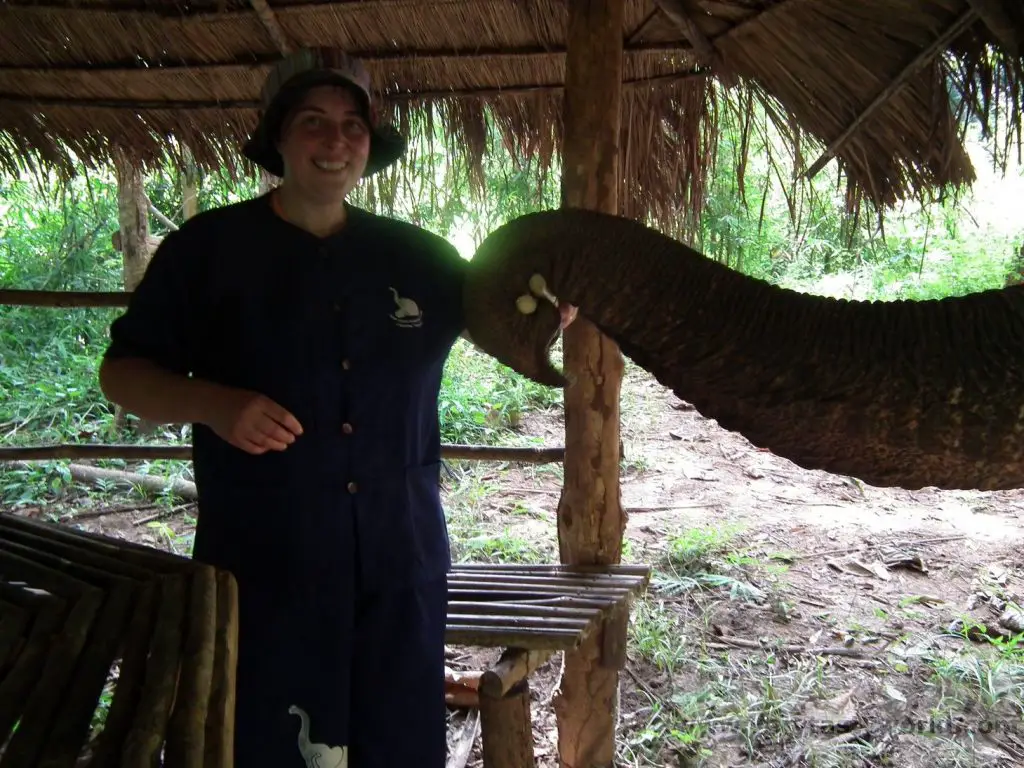
All the elephants are bathed at the sanctuary at least once a day. Tom Parr was very much looking forward to his bath and eagerly walked into the water and sat himself down. We joined him in the pool, which is fed by a local river, to give him a well-deserved wash. We showered him with water and scrubbed his skin and tusks. He was so happy. If he had been a cat, he would have been purring.
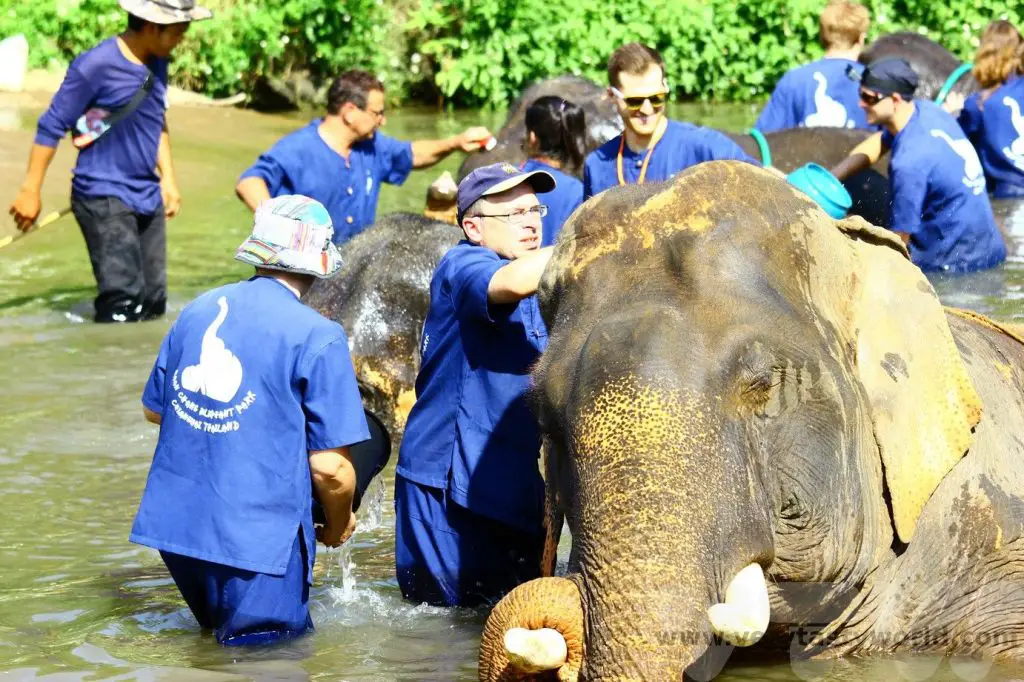
Throughout the experience we had been wondering whether we would need to ‘muck out’ the elephants at any time, something we had been quite prepared to do. However, the sanctuary had made arrangements such that the tourists’ exposure to poo was minimised. In fact, they even had a pooper-scooper chap on hand at the pond, ready to scoop any errant dung that the elephants generated into a bag and prevent the tourists getting too filthy. The sanctuary offers showers so you can wash down afterwards and change into your own clothes. The dung is often used to make paper.
A Chiang Mai Tour – Street Food and Markets
Back in the city, you’ll find that there are a number of bustling markets to explore, notably the night market which is a short walk away from the old city. On some nights of the week certain streets are closed to traffic and stalls pop up. These are really popular so expect crowds.
Of course, markets wouldn’t be markets without food stalls and Thai street food is amazing. The markets often have plastic tables and chairs nearby – they are not necessarily associated with any particular stall – so you can order your food and then take it to any table to enjoy at leisure.
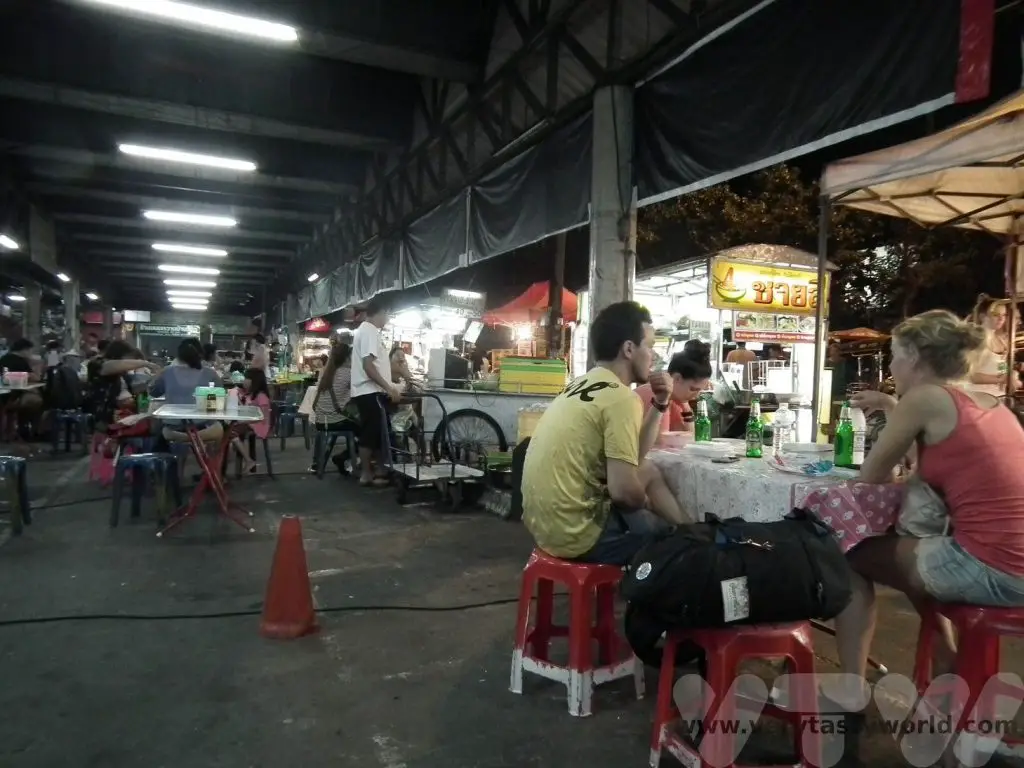
One of the best street food dishes is som tam – green papaya salad. Green papaya is shredded into a large wooden bowl and then pounded with beans, carrots and tomatoes. Sometimes little shrimp are added although you can ask for them to be excluded if you are vegetarian. Chillies, lime juice, palm sugar and fish sauce are added to the mix and pounded to release the flavours giving that characteristic Thai combination of sweet, sour, salt and spice. Be warned though, those teeny Thai chillies are hot! The dish is then adorned with crushed toasted peanuts for added crunch. On a warm, humid evening, it’s the perfect dish for a refreshing snack, preferably accompanied with a nice cold beer.
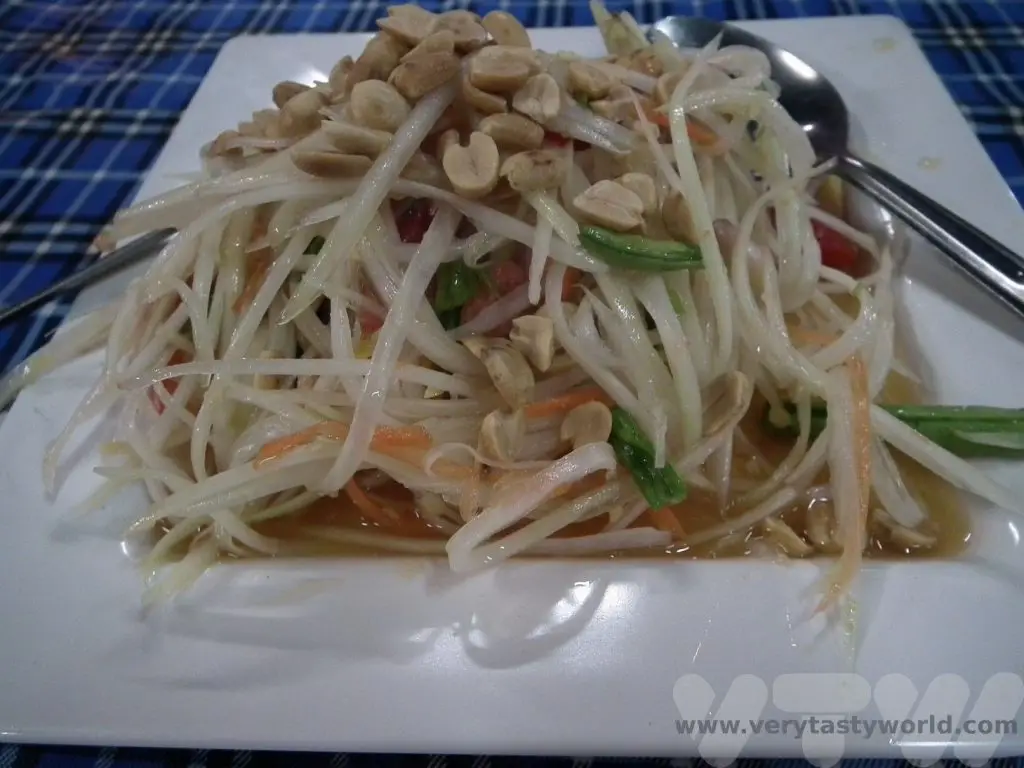
Related Posts You May Enjoy

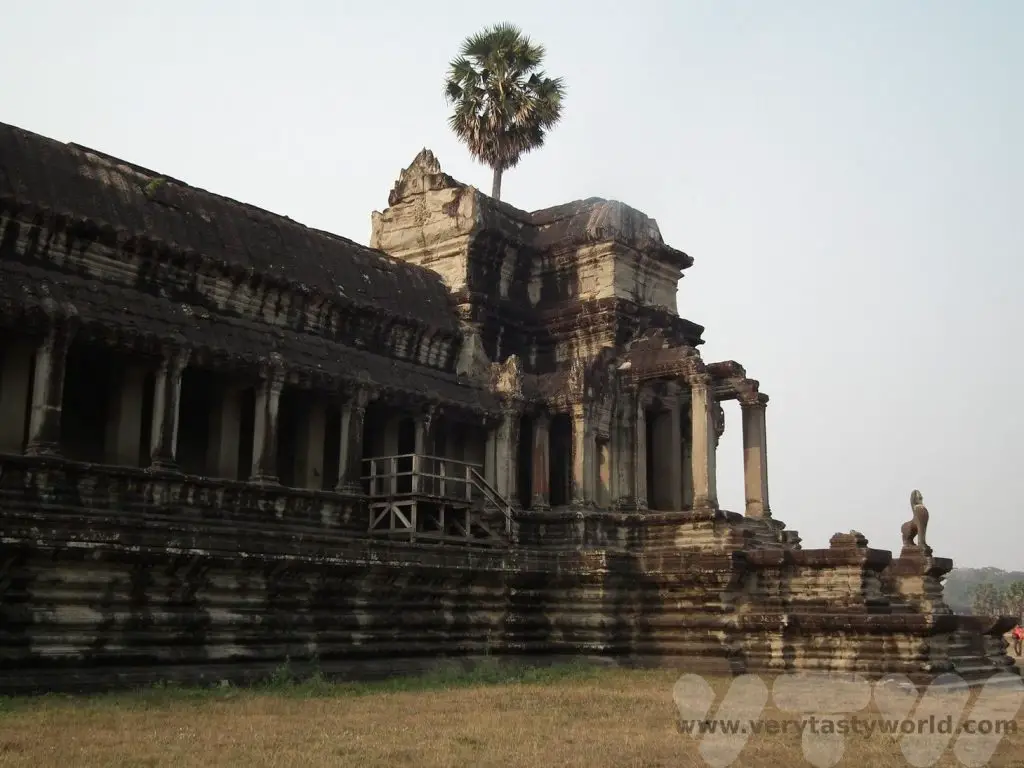
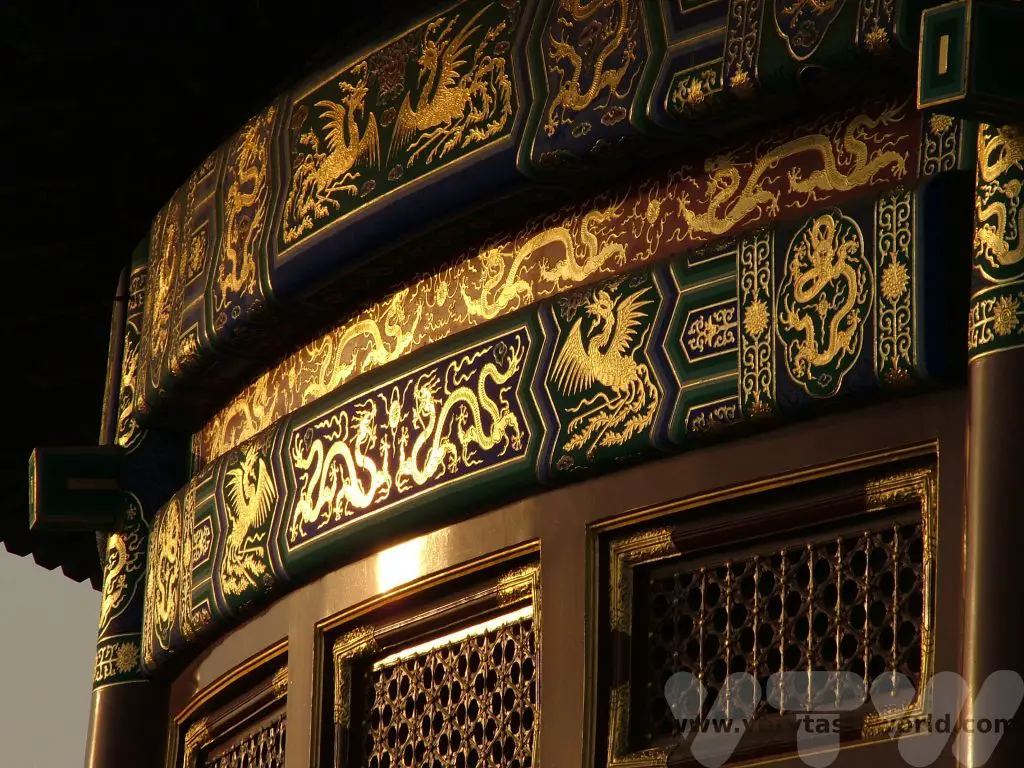
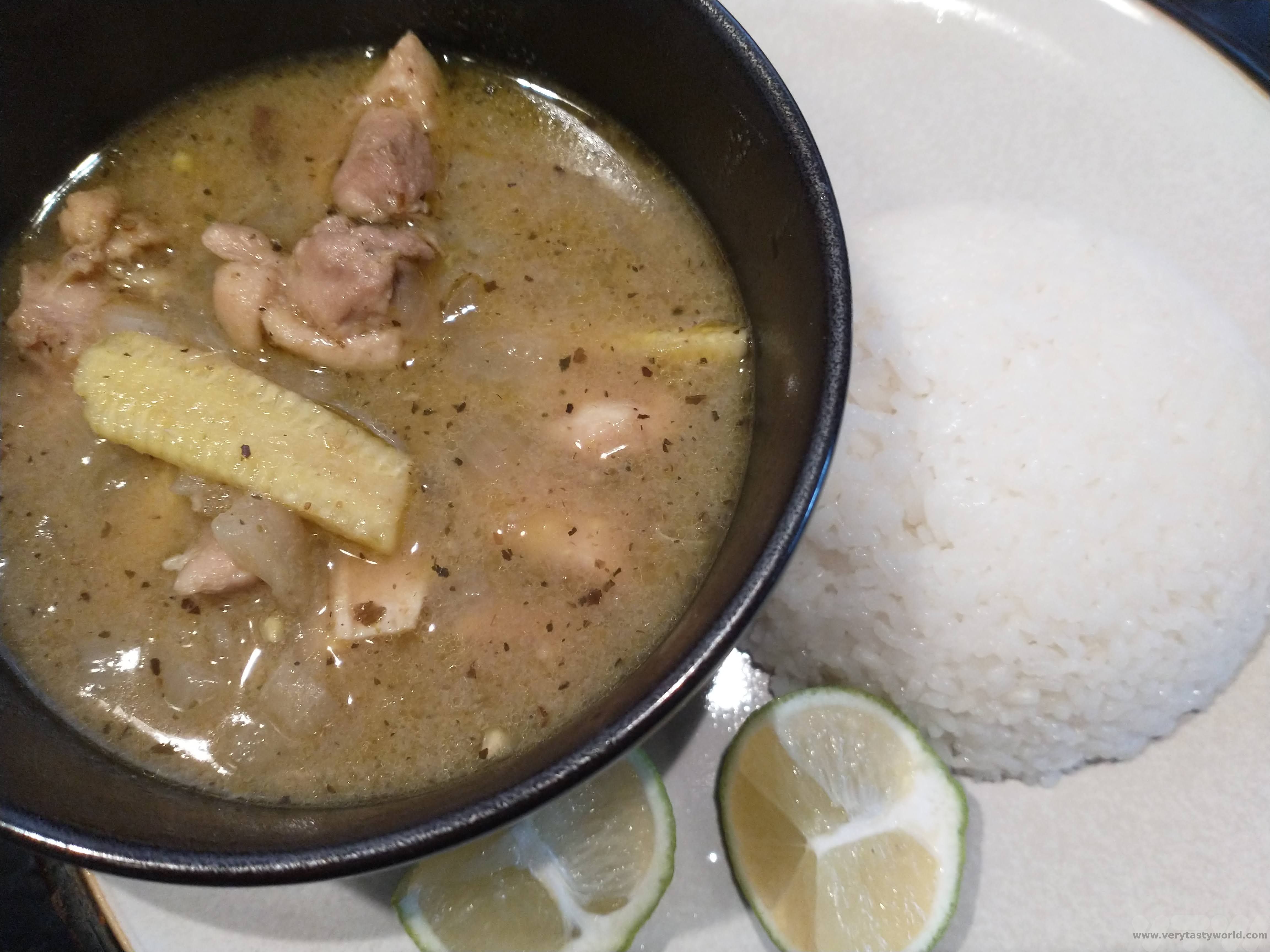
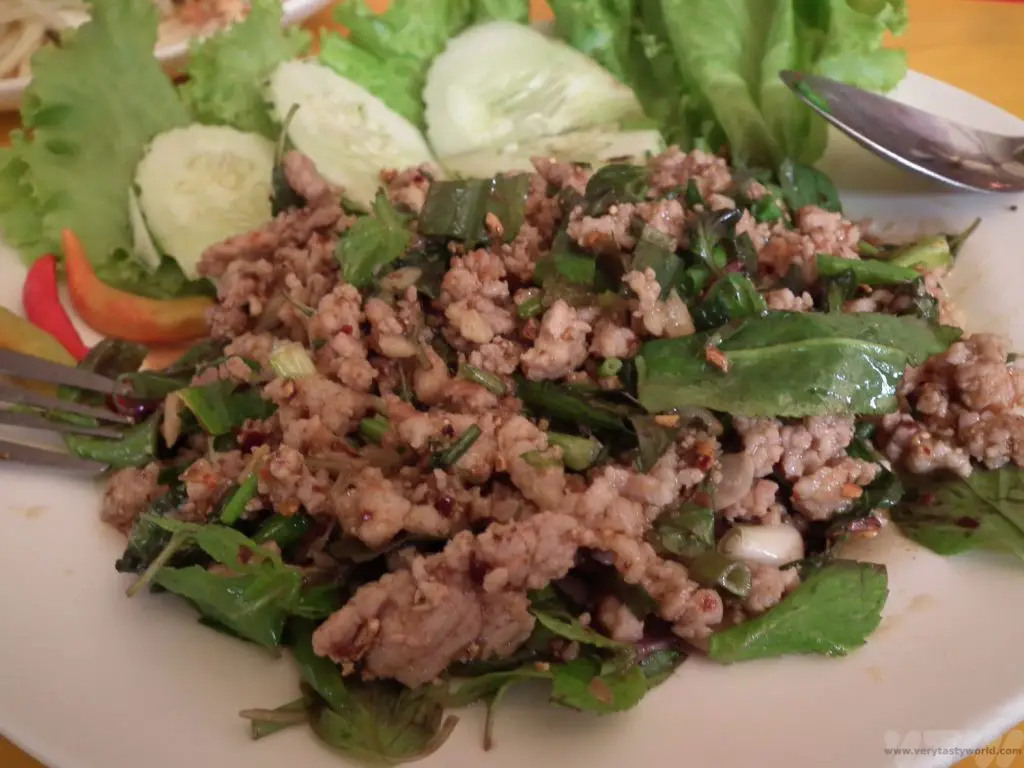





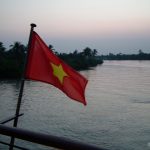


This brings back so many great memories. We loved Chiang Mai – the temples, waterfalls, and street food!
So glad you hear you loved Chiang Mai as well. We thought it was such a lovely, laid-back city, with so many things to do. And, yes, the street food was amazing!
Sign me up for these temples and the street food! I was trying to think if I had ever even heard of Chiang Mai, but once you discussed the one Buddha statue I remembered reading about it. I agree, those murals are almost just as fascinating as the temples themselves. It’s so interesting seeing these when you’re so used to Western art.
The temples really are special and there are so many of them to explore in Chiang Mai. It’s lovely just wandering through the old town discovering hidden gems. You’re right, the murals are absolutely fascinating – they are considered to be very important. And the street food – sooooo good!
Chiang Mai looks amazing – it is on my bucket list for sure! The temples are incredible and cannot wait for the elephants!
We really hope you get to visit one day. Chiang Mai is such a lovely place to visit with so many things to do. The temples were remarkable and there were so many to see. And meeting the elephants was really special.
Chiang Mai has been on my list for a while, and I have read so much about it. It seems to have a large ex-pat community too. Those temple pics are adorable. Much more made from flatter but more intricately painted panels of wood than I was expecting. They have their own unique style compared to the southern (Bangkok) temples that I have seen many years ago.
The elephant sanctuary is something that will draw me in for sure. I’m also very wary of unethical elephant homes and just how much human contact they should get. This one sounds ideal as they need the human contact to help and support them after their maltreatment at the hands of other humans.
The food dishes made me hungry as Thai food is my favourite, wish we had more of them near me!
We thoroughly recommend a trip to Chiang Mai. It’s definitely worth spending several days there to explore the city and surrounding area. The elephant experience was absolutely wonderful – it was a real privilege to get so close to these highly intelligent creatures.
And yes, the food is so yummy!
Great post, Mitch, brought back fond memories. You guys have seen so much more than I did, though. Would’ve loved to visit those temples further afield, see some waterfalls and have baby elephants steal food from me. Never tried som tam, but I remember I loved those minced pork dishes and the super-spicey sausages.
Thanks so much, Stefan. We had a great time in Chiang Mai and were pleased that we did have time to see so much in the city and the wider area. Those elephants were cheeky! Oh, I do recommend som tam – it’s so fresh and spicy, perfect for the hot Thai weathre.
I didn’t know much about Chiang Mai until the digital nomads started staying there. The temples are incredible – all that gold detail – incroyable!
Thank you. We really loved Chiang Mai – it has such a lovely atmosphere and so many things to do. The temples really are special – you come across so many just wandering through the city.
Looks amazing! I’ve never been to Thailand (unless you count a stopover in Bangkok airport) but have heard good things about Chiang Mai and your post makes me think I should definitely go. The elephant trying to pinch your bananas was so cute and I’d love the street food – that green papaya salad looks lovely but I am a bit of a wuss with chillies!!
Thank you! We loved Chiang Mai, it’s a really laid back city with so much to see and do. That cheeky elephant was indeed very cute – and very naughty! The green papaya salad is made to order so you can request one with fewer, or even no, chillies.